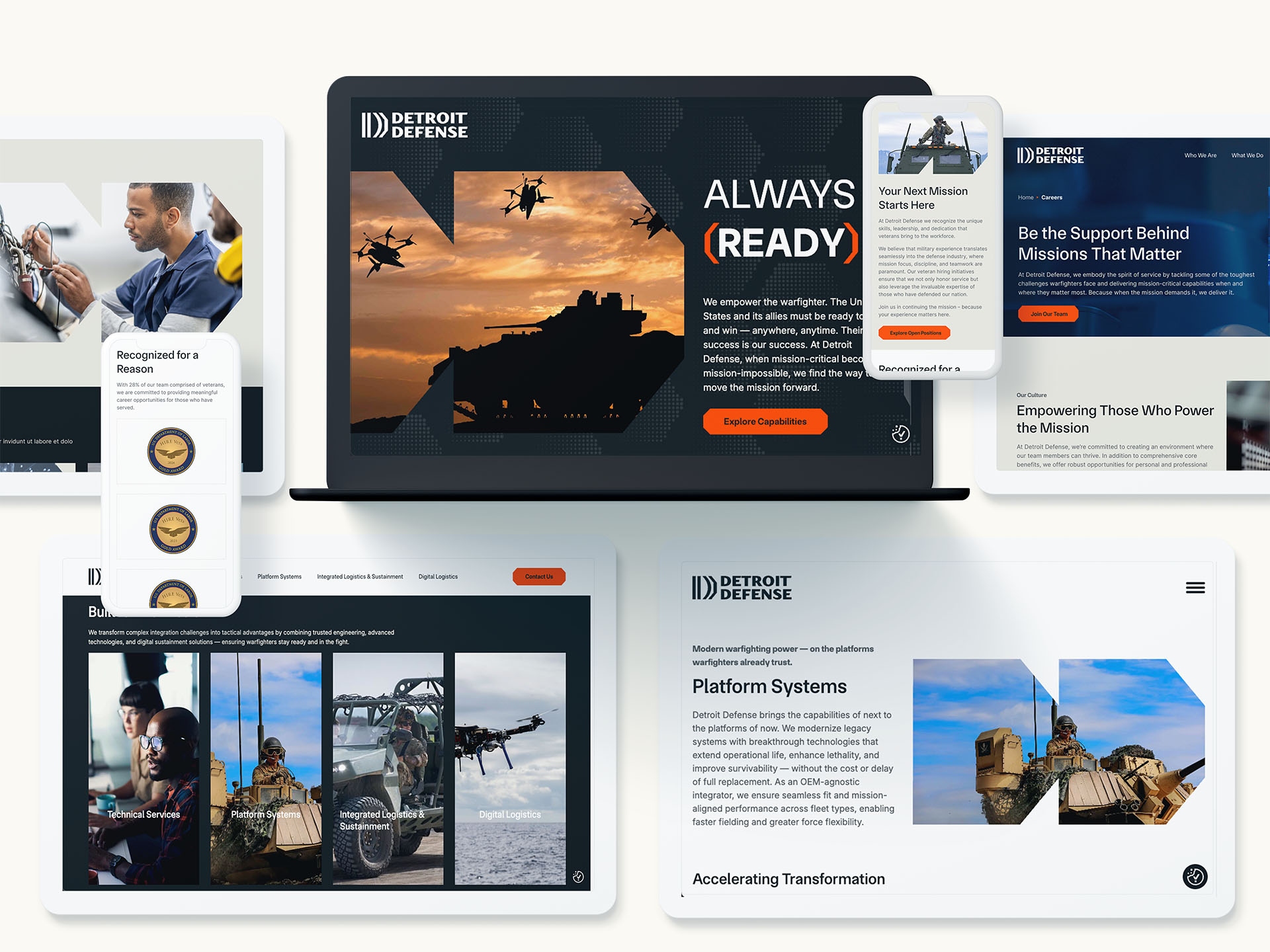For years, B2B marketing was shaped by slow, steady macro trends—industry shifts, technology cycles, and long-term buyer behavior. Today, the tempo has changed. Short-term cultural and consumer signals now ripple into the B2B world faster than ever. Even highly technical buyers are influenced by the same content formats, social patterns, and conversation cues shaping modern culture.
That’s why micro trends—those fast-moving signals across platforms, communities, and conversations—have become essential inputs for brand positioning and campaign strategy. Understanding these patterns gives marketing teams an early read on where buyer needs are heading and what will resonate next.
What “Micro Trends” Really Mean for B2B Marketers
A micro trend isn’t a passing meme or a one-day viral moment. It’s a concentrated shift in behavior or conversation that hints at a deeper need. In B2B, micro trends often surface in places like LinkedIn post formats, rising search terms, Slack community threads, analyst commentary, or conversations around emerging technologies.
For example, spikes in discussions around AI safety, cybersecurity trust, operational resilience, or sustainability certifications often predict shifts in how buyers evaluate solutions. Micro trends help marketers separate what’s noise from what’s quietly becoming a new expectation.
How Micro Trends Shape Stronger Brand Positioning
Brand positioning shouldn’t change every quarter—but it should stay responsive to what buyers care about. Micro trends offer an early signal of emerging priorities and give marketers data-backed reasons to refine how they articulate their value.
Sometimes this means elevating new proof points, emphasizing different product benefits, or reframing old capabilities for a new context. A company that once led with efficiency, for example, may find buyers responding more strongly to themes of risk mitigation, security, or long-term scalability if those topics are trending across conversations.
Small shifts in emphasis can create major advantages in relevance.
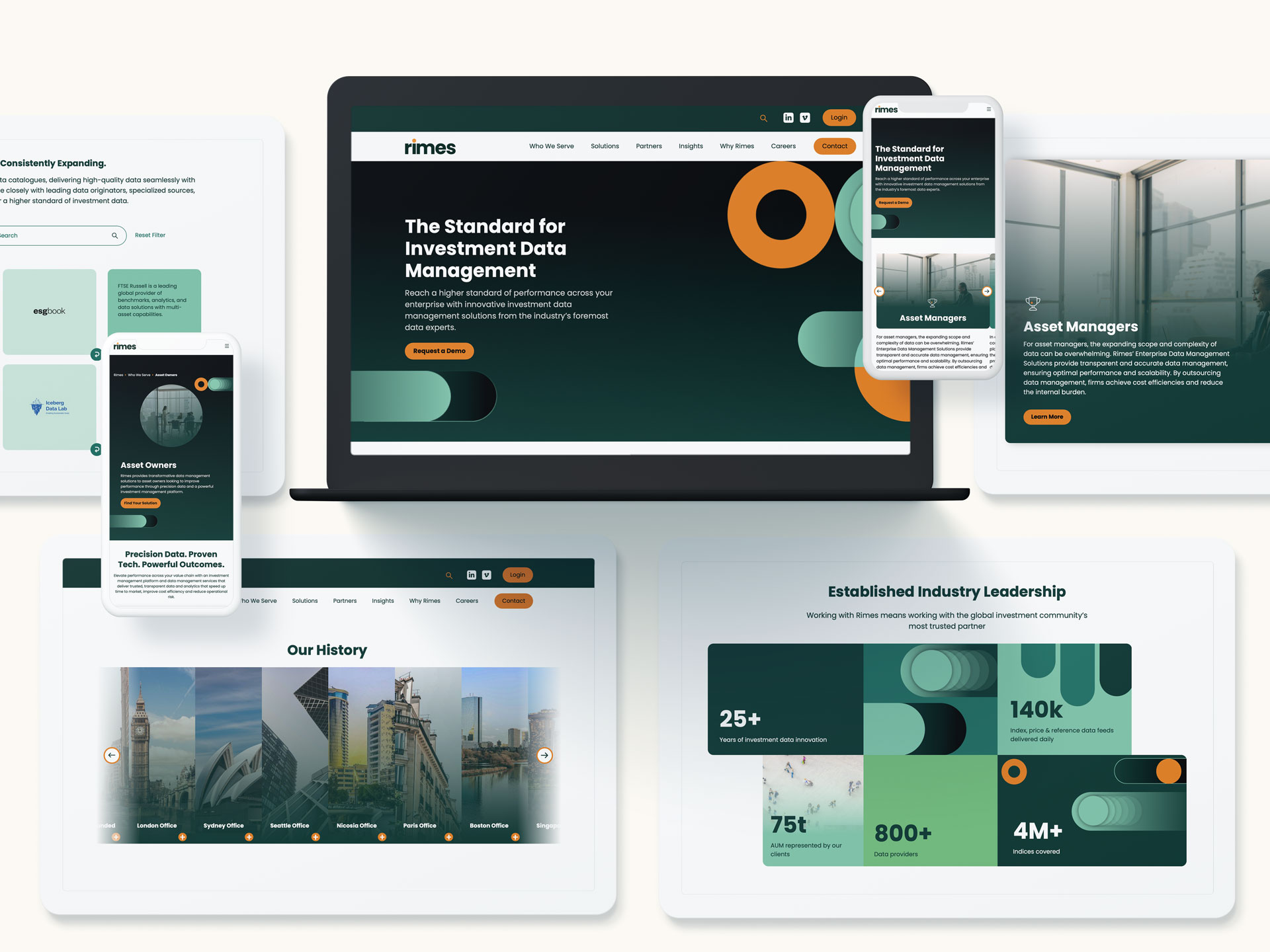
Using Micro Trends to Build More Agile Campaigns
Campaign agility isn’t about reacting to everything—it’s about acting quickly on the right things. Micro trends allow teams to spot opportunities for rapid activation: a new content angle, an emerging thought-leadership topic, or a timely explainer piece answering a question buyers suddenly care about.
Real-time signals also help marketers retire or update assets that no longer match the conversation. When done well, micro-trend-driven agility leads to better creative alignment, stronger engagement across channels, and smarter use of budget.
Where Micro Trends Come From: The Signals That Matter
B2B marketers can find meaningful micro trends across four key categories:
Platform Signals
Shifts in content style—like TikTok-inspired storytelling appearing on LinkedIn, or rapid-fire Q&A threads becoming popular—show how buyers prefer to learn, not just what they care about.
Search Signals
When question-based searches or problem-driven phrases spike, they offer clues about new pain points or emerging evaluation criteria.
Cultural Signals
Economic headlines, workforce sentiment, regulatory chatter, and industry debates all influence the tone buyers expect from brands.
Technology Signals
Founders promoting new ideas, sudden adoption of emerging tools, or new product categories gaining momentum can reshape messaging priorities.
In isolation, each signal is small. Together, they reveal what’s gaining traction—and what B2B brands should prepare for.
Testing and Scaling Micro-Trend Insights
Not every micro trend deserves a full campaign. Smart teams validate early insights with quick tests: message variations, gated vs. ungated content, LinkedIn polls, or targeted paid experiments.
When an idea consistently performs, it becomes a candidate for larger activation. Some micro insights evolve into evergreen thought-leadership platforms; others influence product messaging, SEO strategy, or brand storytelling. The key is building a lightweight testing engine that allows ideas to scale naturally.
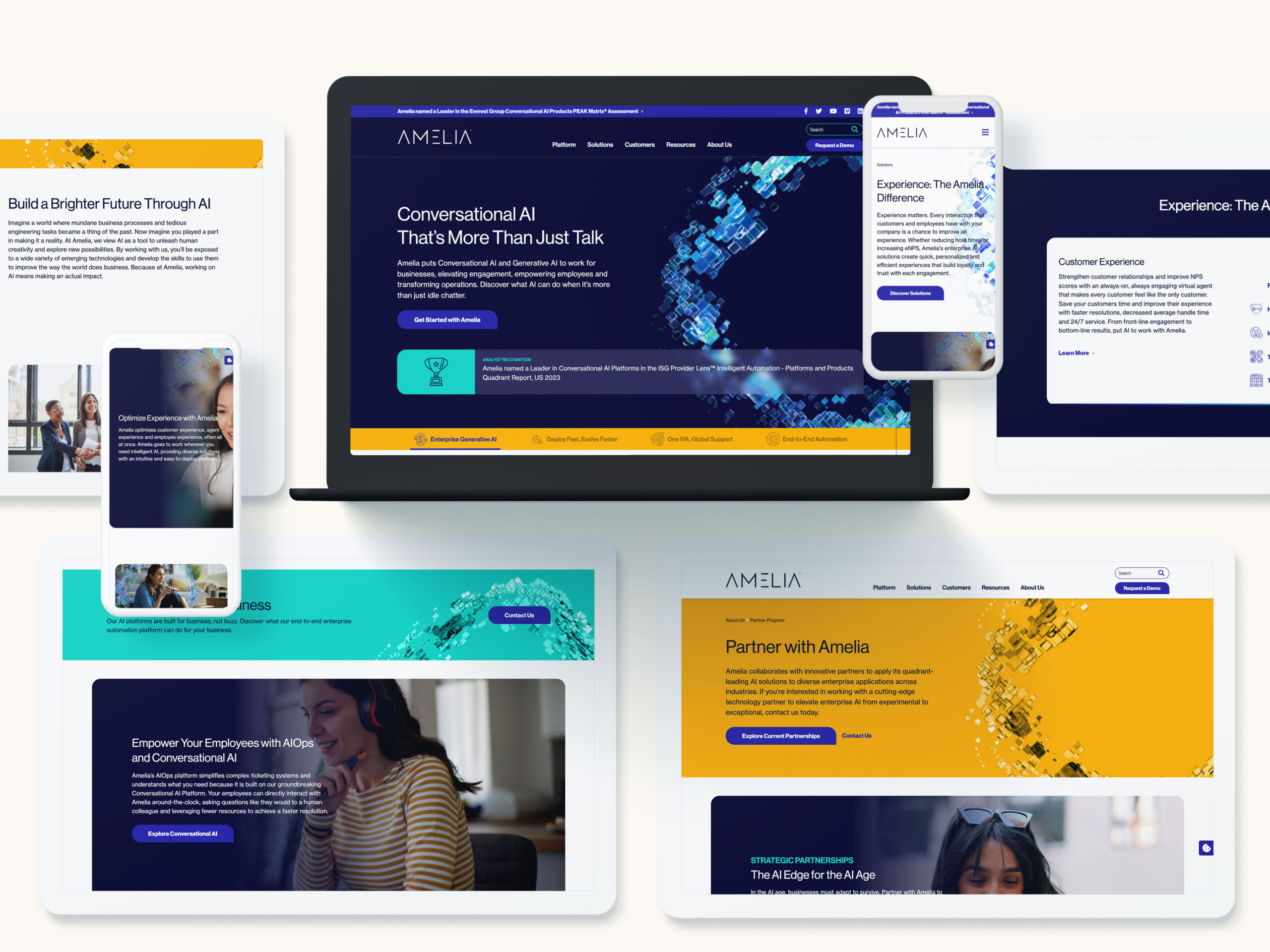
Avoiding the Pitfalls of Trend-Chasing
Trend responsiveness can go wrong when teams confuse speed with strategy. Over-indexing on short-term signals can lead to fragmented messaging, inconsistent positioning, or campaigns that age too quickly. The antidote is a clear filter: Does this trend align with our brand? Does it solve a real customer need? Does it fit the direction of our category?
Micro trends should enhance brand focus—not dilute it.
Building a Trend-Responsive B2B Marketing Engine
Trend-driven marketing works best when supported by flexible systems: modular creative assets, cross-functional collaboration, real-time dashboards, and streamlined approval processes. When teams are equipped to move quickly, trend insights become a competitive advantage instead of a scramble.
The brands that excel are those that combine strategic discipline with the speed to act when it matters.
Why Micro Trends Lead to Better Outcomes
Micro trends reveal what buyers care about before it shows up in traditional research. They help brands stay modern, relevant, and differentiated in categories where messages often sound the same. When B2B organizations learn to read early signals, they’re better positioned to anticipate macro shifts—before those shifts reshape the market.
In a landscape where attention is scarce and expectations shift fast, micro-trend intelligence helps B2B marketers build stronger brands and smarter campaigns.
Ready to Turn Micro Trends Into Strategic Moves?
Bluetext helps leading B2B organizations translate emerging signals into clear, compelling brand and marketing strategies. If your team is ready to capture what’s coming next, we’re here to help.
In the fast-paced world of digital marketing, first impressions are formed in milliseconds. These split-second judgments often determine whether a visitor stays on your site, explores your services, or leaves. People decide emotionally first and rationally second. That is why thoughtful design, including colors, shapes, and layout, is more than decoration. It is strategic.
Designing with emotion means intentionally crafting visual experiences that build trust, guide perception, and create urgency. When done well, it can subtly influence buyer behavior and move prospects from curiosity to conversion. Let’s explore how colors, curves, and layout psychology help brands connect, convince, and close deals.
The Psychology of First Impressions
Research shows users form opinions about a website in under a second. That first glance tells them if a brand is credible, professional, and worth their time. These impressions are emotional as much as they are visual.
Visual cues like color, contrast, and spacing communicate confidence, clarity, and competence. In B2B, where decisions are complex and high-stakes, a website that evokes trust and clarity can make the difference between a lost lead and a signed contract.
Design that resonates emotionally does more than look good. It persuades.
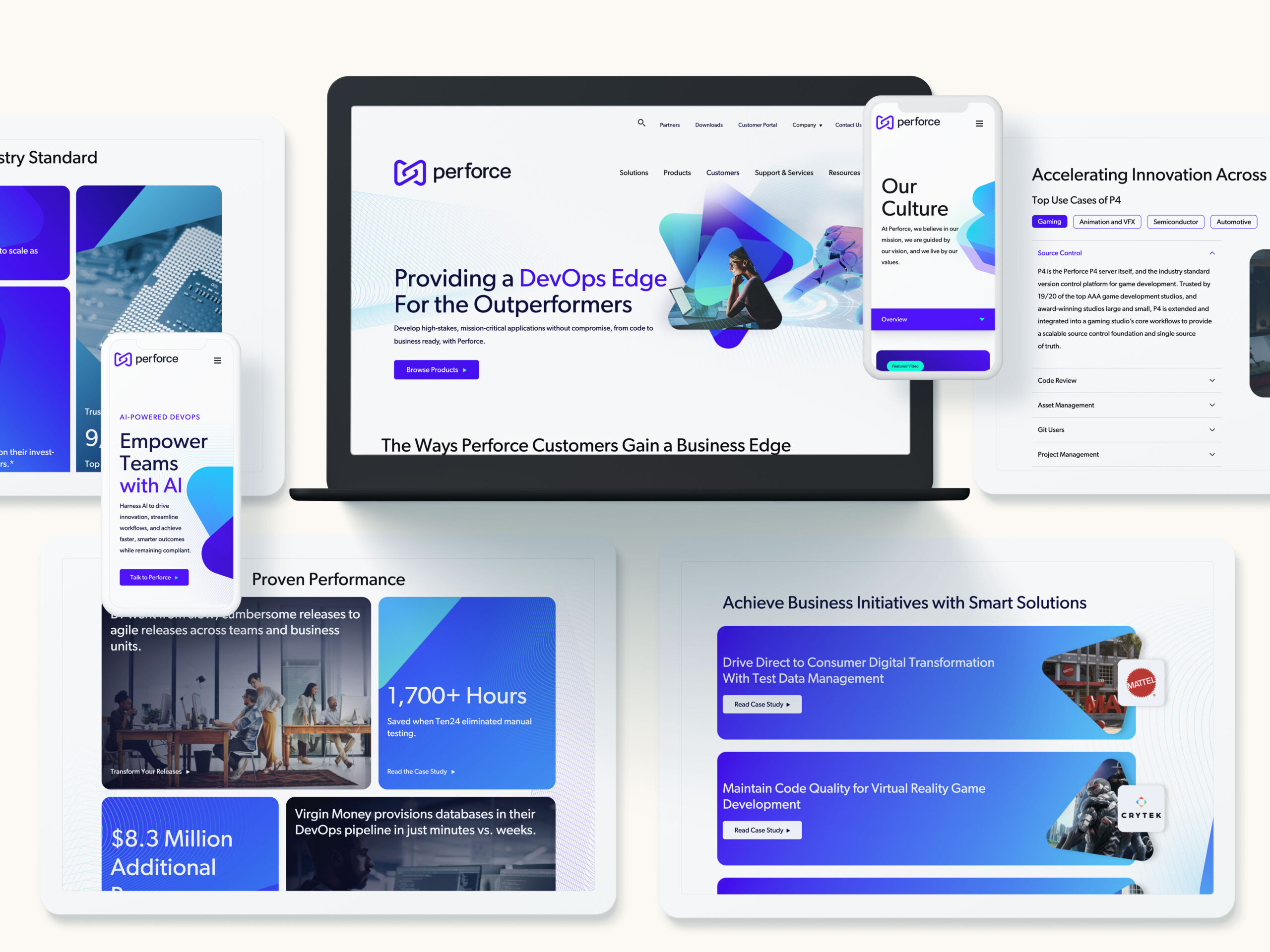
The Language of Color: Building Trust, Urgency, and Desire
Colors carry psychological associations that influence perception.
- Blue signals trust, stability, and professionalism. It works well for finance, tech, and telecommunications.
- Red creates urgency and draws attention, making it ideal for calls to action or limited-time offers.
- Green conveys growth, balance, and reliability. It is often used by sustainability-focused brands or B2B tech companies.
It is not just the choice of color, but how it is used. Contrast, saturation, and balance guide the eye and reinforce hierarchy. Choosing colors that align with your goals helps visitors feel confident, focused, and ready to take action.
The Science of Shape: Why Curves Feel Safer Than Corners
Shape psychology is powerful but often overlooked. Rounded edges and curves are perceived as approachable, friendly, and safe. Sharp angles communicate precision, assertiveness, or caution.
Buttons, icons, and content containers with curves can subtly encourage interaction. Tech companies like Apple and Google use rounded designs to suggest simplicity, reliability, and accessibility. Curves reduce friction and make digital experiences feel intuitive.

Layout, Space, and Flow: Designing for Calm and Clarity
Design is more than color and shape. Structure matters. White space, visual hierarchy, and symmetry guide attention and set emotional tone.
Cluttered pages can cause frustration. Balanced layouts signal professionalism and calm. Proper spacing highlights important content, guides the eye naturally, and makes your messaging easier to digest. Aligning layout with the buyer journey creates a subconscious flow that improves engagement.
Designing for B2B Audiences: Emotion Meets Authority
Some brands think emotional design only works for consumer audiences. The truth is decision-makers in B2B are human, and humans respond to emotion.
Subtle cues, like accent colors, consistent shapes, and clean layouts, communicate authority and reliability. For tech audiences, combining bold structures with approachable accents conveys professionalism while remaining human. Strategic emotion makes complex offerings feel accessible without reducing credibility.
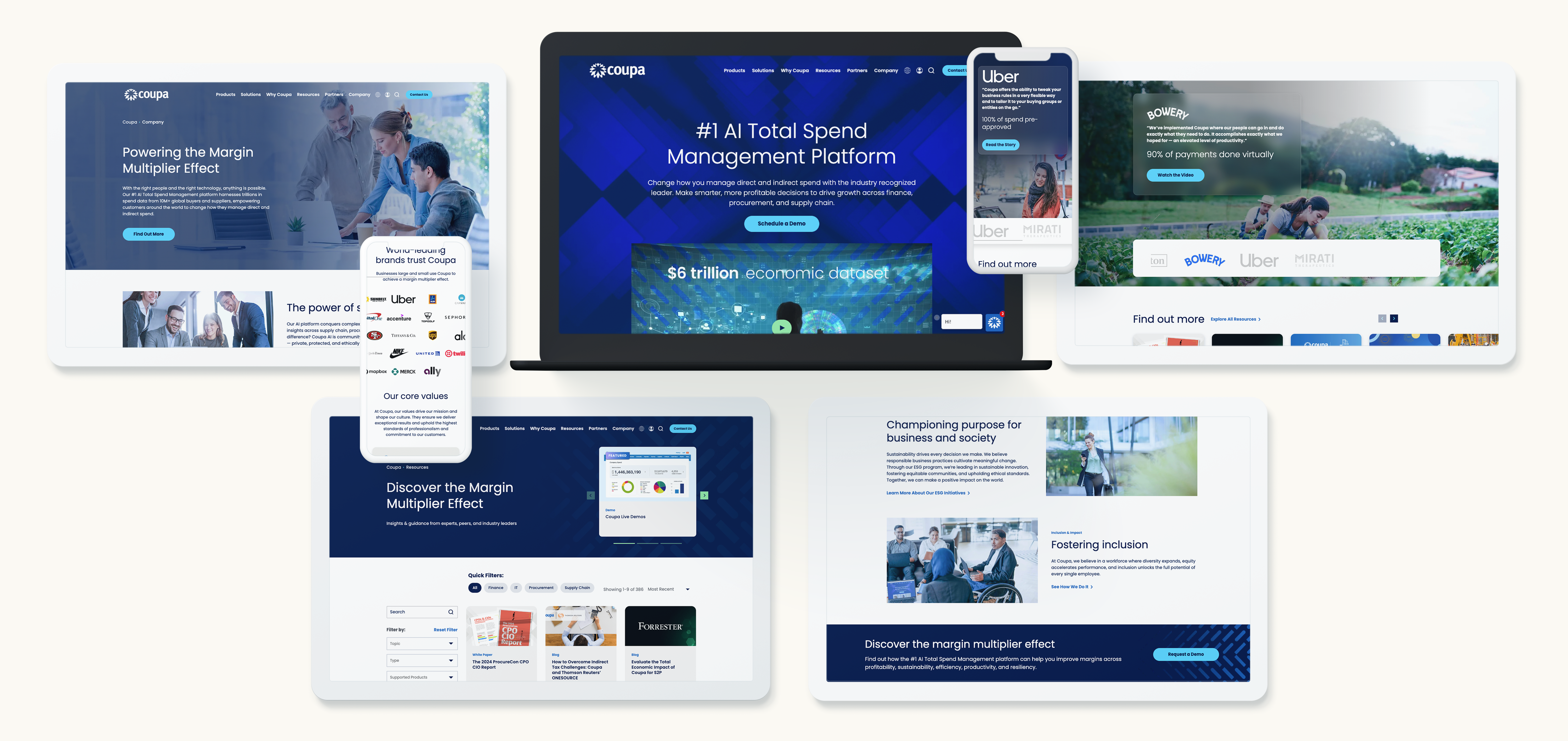
From Aesthetics to ROI: Measuring the Emotional Impact of Design
Emotional design can be measured through engagement metrics. Key indicators include:
- Bounce rate and time on page
- Form submissions and content downloads
- Scroll depth and navigation patterns
- Brand recall from surveys or heat maps
User testing and analytics help validate which design choices foster trust and guide action. Well-crafted design becomes not just creative but an engine for conversion.
Designing with Emotion and Intention with Bluetext
Design that sells is intentional. Every color, curve, and layout choice should align with the emotions you want your audience to feel and the actions you want them to take.
At Bluetext, we combine behavioral insight, design strategy, and creative execution to craft experiences that engage emotionally and perform strategically. From color psychology to motion design, we help brands create digital experiences that look great and close deals.
Ready to design with purpose and emotion? Contact Bluetext to build experiences that inspire trust, guide perception, and drive measurable results.
In an era of endless claims and digital noise, trust has become the most valuable currency in B2B marketing. Buyers aren’t swayed by bold statements—they’re persuaded by proof. And few forms of proof are as powerful as a well-crafted customer story. But here’s the catch: most brands stop at testimonials when they should be building case studies that sell.
Transforming a testimonial into a data-backed, story-driven sales asset requires more than a glowing quote. It’s about combining narrative, numbers, and design to show—not just tell—the value your solution delivers.
Let’s explore how to elevate your case studies into strategic marketing tools that convert.
From Testimonials to Case Studies: Moving from Opinion to Evidence
A testimonial tells what a customer felt. A case study shows what a customer achieved. That difference—between emotion and evidence—is what separates validation from persuasion.
Modern B2B and GovCon buyers are analytical by nature. They want to know how your solution performs under pressure, scales in real-world environments, and delivers measurable outcomes. Case studies make that possible by structuring the story around three key elements: the challenge, the solution, and the results.
When you frame customer success through that lens, you turn anecdotes into actionable proof. The emotional resonance remains, but it’s supported by logic, structure, and credibility.
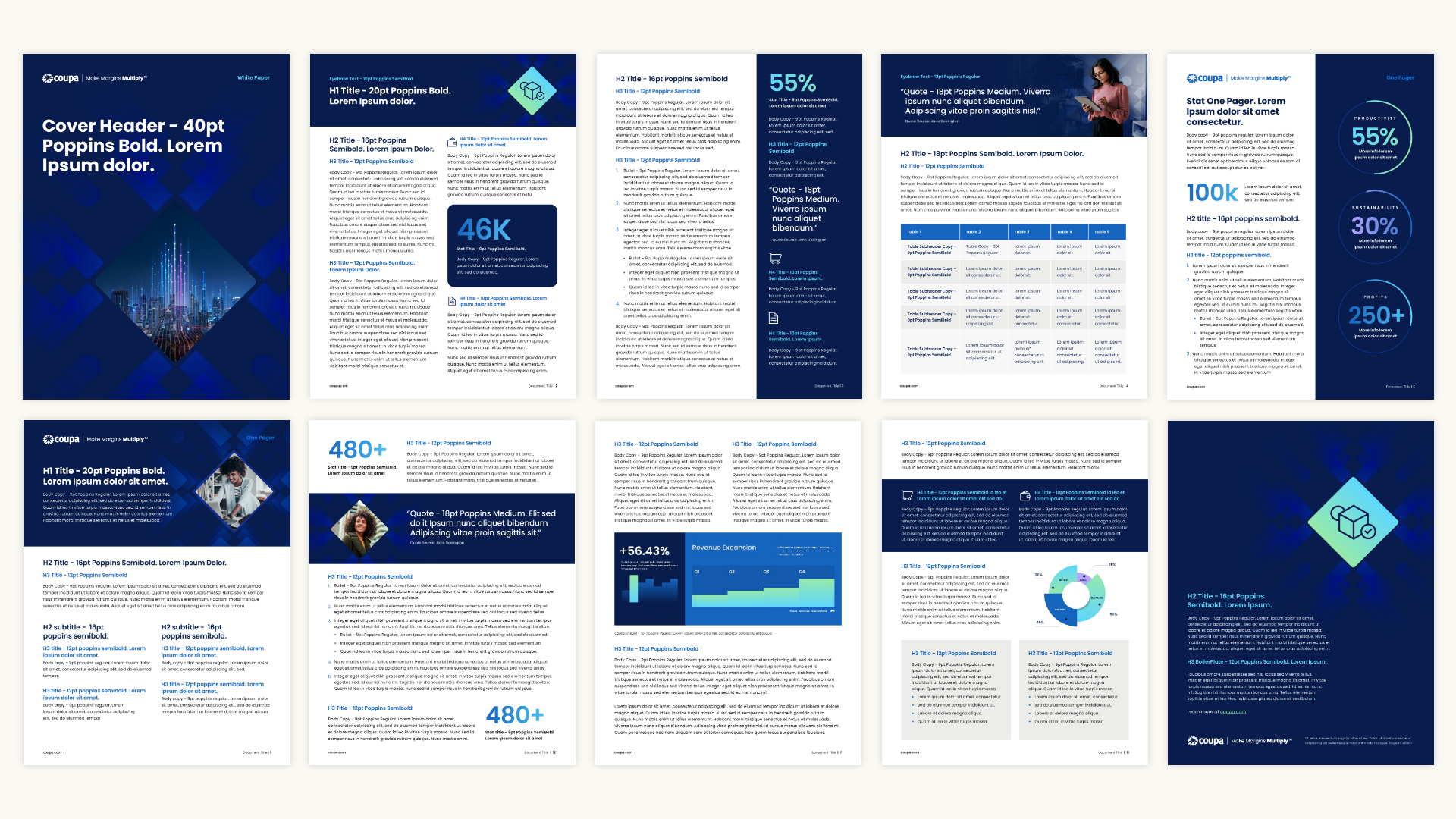
Building a Narrative That Converts
Even in technical markets, the most memorable stories follow a simple arc—conflict, resolution, transformation. Effective case studies tap into that psychology.
Start by setting the stakes. What was at risk for your client? What problem did they need to solve? Then, position your brand as the guide—not the hero—that helped them overcome it.
Keep the focus on outcomes, not features. Replace jargon with human language, and use real customer quotes to add authenticity. When possible, complement your narrative with before-and-after visuals or timelines to illustrate progress.
A case study that reads like a story doesn’t just inform—it engages.
Back It Up with Data: Turning Stories into Proof
Narrative sparks interest; data seals the deal. Quantifiable results transform your story from “feel-good” marketing into credible, performance-based proof.
Include concrete metrics like:
- Percentage improvements (efficiency, adoption, or satisfaction)
- ROI or cost savings
- Productivity gains or error reductions
- Implementation timelines
Even if you can’t share proprietary numbers, relative metrics (e.g., “a 40% faster deployment”) still carry weight.
Visualizing that data through motion graphics, charts, or infographics helps audiences process information faster and remember it longer. A single animated stat can often communicate more than a paragraph of text.

Motion Design and Multimedia: Bringing Stories to Life
Today’s audiences don’t just read case studies—they watch, scroll, and interact with them. Adding video or motion design transforms your story into an experience.
Video case studies allow prospects to see and hear real customers explain how your brand made an impact. Motion graphics can simplify complex technical results and visually demonstrate transformation.
Platforms like LinkedIn, YouTube, and your own landing pages are ideal for distributing multimedia case studies. In GovCon and enterprise tech, this format is particularly effective—showing authenticity through real people and real impact builds credibility faster than text alone.
Packaging Case Studies for Sales Enablement
A great case study isn’t just a marketing asset—it’s a sales tool. But to be useful, it has to be modular, visual, and easy to share.
Create short, scannable versions with key stats and quotes for presentations or proposals. Tag each case study by industry, solution type, or agency vertical so sales teams can quickly pull the most relevant stories.
Repurpose sections into one-pagers, slide decks, and short-form videos. The goal: make it effortless for your sales and BD teams to bring your success stories into conversations with decision-makers.
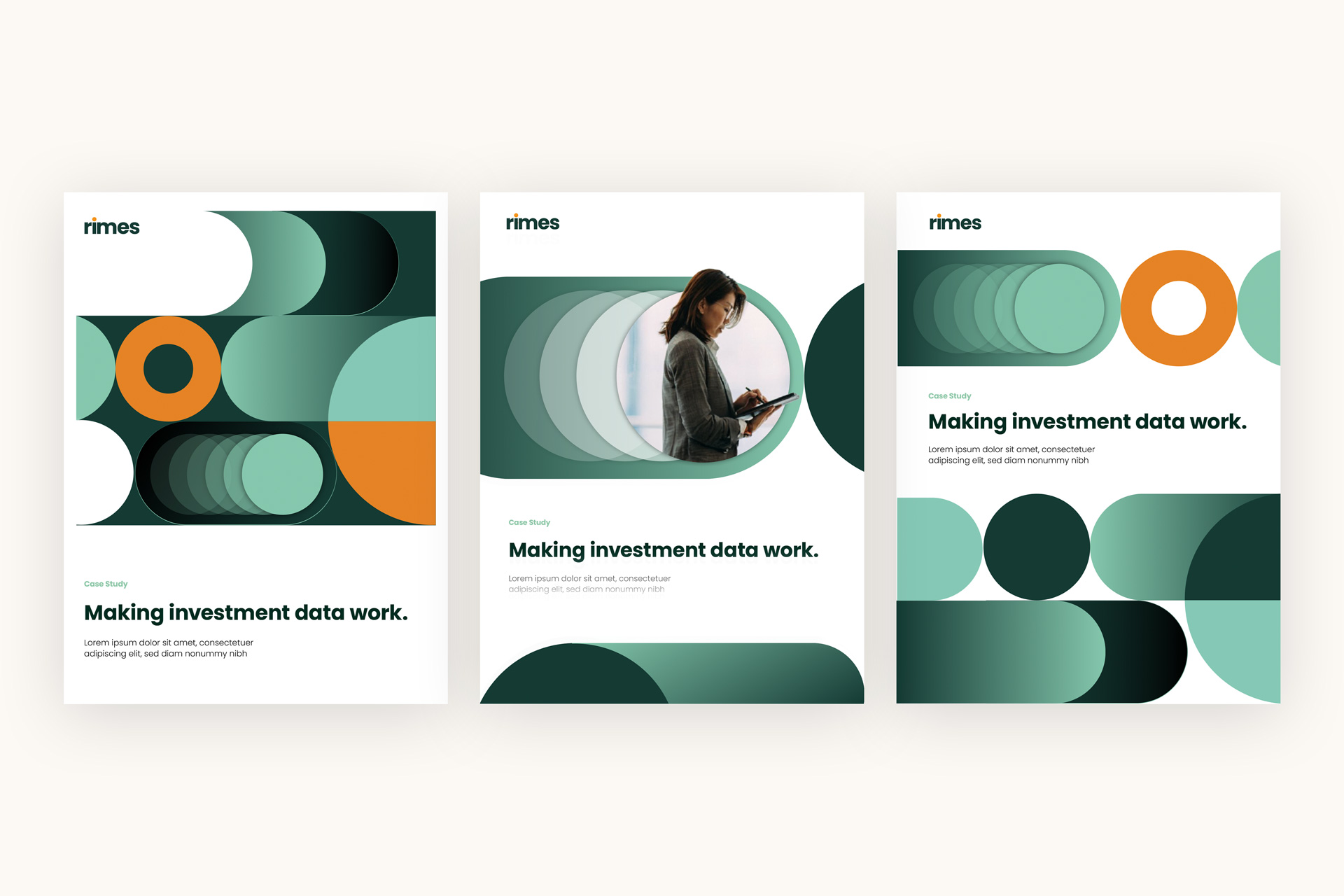
Turning Success Stories into a Scalable Content Engine
The best part about a strong case study? It’s not a one-and-done asset—it’s a foundation for future content.
From one customer story, you can generate:
- A blog post highlighting key takeaways
- A short testimonial video for social media
- An infographic or data card for proposals
- A feature in your next email campaign
When done right, case studies become a self-sustaining engine of credibility—one that consistently reinforces your brand’s expertise and builds momentum across digital channels.
Elevate Every Story with Bluetext
At Bluetext, we help brands transform their customer success stories into conversion-driven marketing tools. Our team combines strategic storytelling, motion design, and data visualization to create case studies that build trust and drive results.
If you’re ready to turn your testimonials into sales tools that actually sell, connect with Bluetext to get started.
If you’re a government contractor, you know SAM.gov is a must. It’s the gateway to doing business with the federal government, the baseline requirement for eligibility, and a compliance necessity. But here’s the hard truth: being listed on SAM.gov alone does not make you a competitive strategy. In today’s federal procurement landscape, a modern digital presence is just as critical as your contract vehicles.
Your website, social presence, and digital credibility often speak louder than a registration number. Procurement officers, prime contractors, and agency decision-makers increasingly research vendors online before reaching out. Simply put, SAM.gov tells them you exist—but your digital brand tells them why they should care.
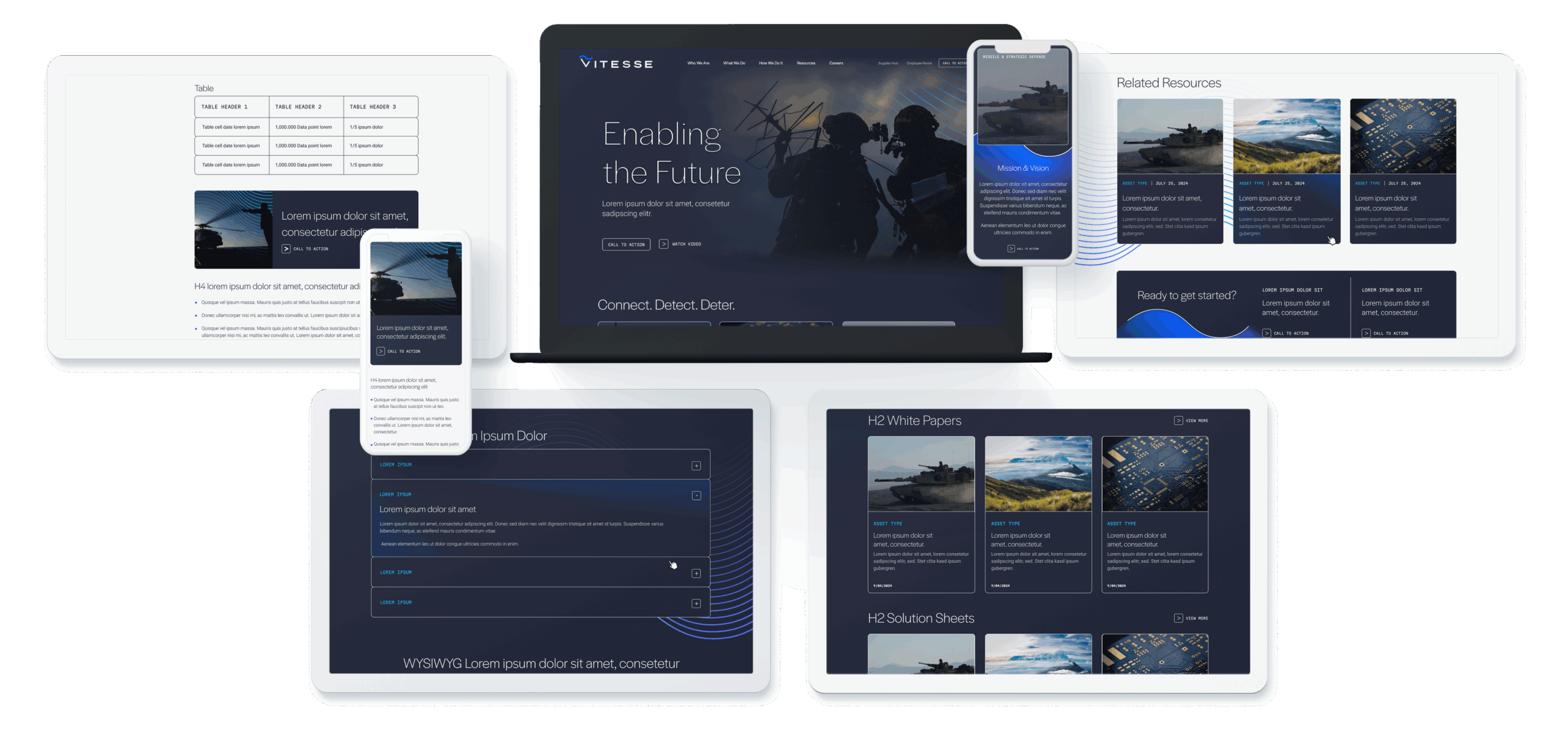
The Modern GovCon Buying Journey Has Changed
The federal buying journey has evolved. Buyers don’t wait until an RFP drops to assess potential partners—they research online, attend virtual events, and review thought leadership long before formal procurement processes begin.
Consider this: more than 70% of B2B buyers—federal included—conduct online research to vet potential vendors. They evaluate websites, social media profiles, and digital content to judge credibility and capability. A contractor with a strong digital footprint signals readiness, expertise, and reliability in ways that a SAM.gov listing simply cannot.
In essence, the playing field has shifted. Eligibility is required. Visibility and trust are differentiators.
The Problem with Relying on SAM.gov Alone
SAM.gov is static. It lists entities and contract vehicles but does not communicate value propositions, innovation, or performance history. Agencies don’t use SAM.gov to discover new vendors—they use it to verify credentials.
This leaves a gap: contractors who rely solely on SAM.gov may be invisible during early research stages. Two vendors could hold identical GWACs or IDIQs, yet the one with a polished website, active thought leadership, and consistent social presence will stand out. The question isn’t whether you’re compliant—it’s whether you’re compelling.

Digital Best Practices for GovCon Brands
Investing in your digital presence is no longer optional. Here’s how contractors can elevate their digital strategy:
1. Modernize Your Website
Think of your website as your digital contracting office. It should be clear, credible, and user-friendly. Include:
- Capabilities statements and case studies
- Contract vehicles and certifications
- Team and leadership profiles
- Mobile-friendly design and Section 508 compliance
A strong site demonstrates professionalism and operational readiness, making it easier for decision-makers to trust you.
2. Tell a Clear Brand Story
Your brand story sets you apart. Focus on:
- Mission alignment and impact
- Differentiators beyond contract numbers
- Visuals and messaging tailored to federal audiences
A concise, compelling narrative makes your brand memorable and positions you as a thought leader, not just a vendor.
3. Build a Thought Leadership Engine
Content is credibility. Develop insights on procurement trends, modernization efforts, or technical innovations. Publish blog posts, white papers, or LinkedIn articles that show your expertise. Position executives as industry voices to build trust and influence early-stage research.
4. Leverage SEO and Paid Media Strategically
Optimized digital content helps buyers and partners find you. Focus on:
- Keywords relevant to federal procurement and your niche (e.g., “cybersecurity modernization contractor”)
- Targeted paid campaigns to reach agency decision-makers and prime contractors
- Conversion tracking tied to forms, downloads, or event registrations
SEO and paid media extend your visibility beyond SAM.gov, helping you compete for attention where research starts.
5. Strengthen Digital Credibility
Consistency matters. Maintain a professional brand across your website, LinkedIn, industry directories, and proposals. Highlight contract vehicles, certifications, and partnerships. Incorporate testimonials or case summaries to validate performance. Every touchpoint should reinforce that your brand is capable, reliable, and mission-focused.

Measuring Digital Maturity in GovCon Marketing
Digital success is measurable. Key metrics include:
- Website traffic and engagement from federal IP ranges
- Inbound inquiries from teaming partners or agencies
- Search visibility for capability-specific terms
- Content engagement and social impressions among government audiences
Analytics not only track outcomes—they inform iteration. By understanding how your digital presence resonates, you can optimize content, adjust messaging, and enhance brand impact.
Visibility That Wins Beyond SAM.gov
A strong digital presence translates to tangible benefits:
- Attract more teaming partners: Primes prefer vendors who look ready and capable online.
- Stand out in market research: Agencies notice brands that demonstrate expertise through thought leadership and compelling messaging.
- Shorten capture cycles: Clear, accessible, and credible content reduces friction during evaluation and decision-making.
Investing in digital strategy ensures that your SAM.gov listing becomes more than compliance—it becomes the starting point for a living, breathing brand that signals competence and trustworthiness.
How Bluetext Helps GovCon Brands Stand Out
At Bluetext, we specialize in branding and digital marketing for government contractors. We help organizations:
- Refresh their brand identity and positioning
- Build websites that communicate capabilities and credibility
- Develop thought leadership programs and content strategies
- Optimize digital visibility for federal audiences
Our clients don’t just meet eligibility requirements—they stand out, engage buyers early, and compete effectively in a crowded federal marketplace.
Ready to go beyond SAM.gov? Contact Bluetext to modernize your digital presence and position your brand for growth in government contracting.
In today’s attention economy, brands don’t have minutes—or even seconds—to make a first impression. Studies show that people form an opinion about a brand in as little as seven seconds. In the fast scroll of digital content, those moments are everything. Whether it’s a homepage hero animation, a LinkedIn video, or a product teaser, your audience is deciding almost instantly if your story is worth their time.
For B2B marketers, that might sound like a challenge built for consumer brands. But the truth is, short-form storytelling isn’t just for B2C anymore. It’s a powerful tool for any brand trying to connect quickly, authentically, and memorably.
Why Seven Seconds Defines Modern Storytelling
The “seven-second rule” has its roots in psychology: humans are wired to make snap judgments based on limited information. Online, that instinct translates into how quickly we process design, tone, and motion. Research from Microsoft found that average attention spans have dropped to around eight seconds—and that number continues to shrink as content becomes denser and more competitive.
For B2B audiences, the challenge is no different. Executives, engineers, and decision-makers scroll through the same feeds as everyone else. The first few seconds of your message determine whether your brand earns their curiosity—or disappears into the noise.
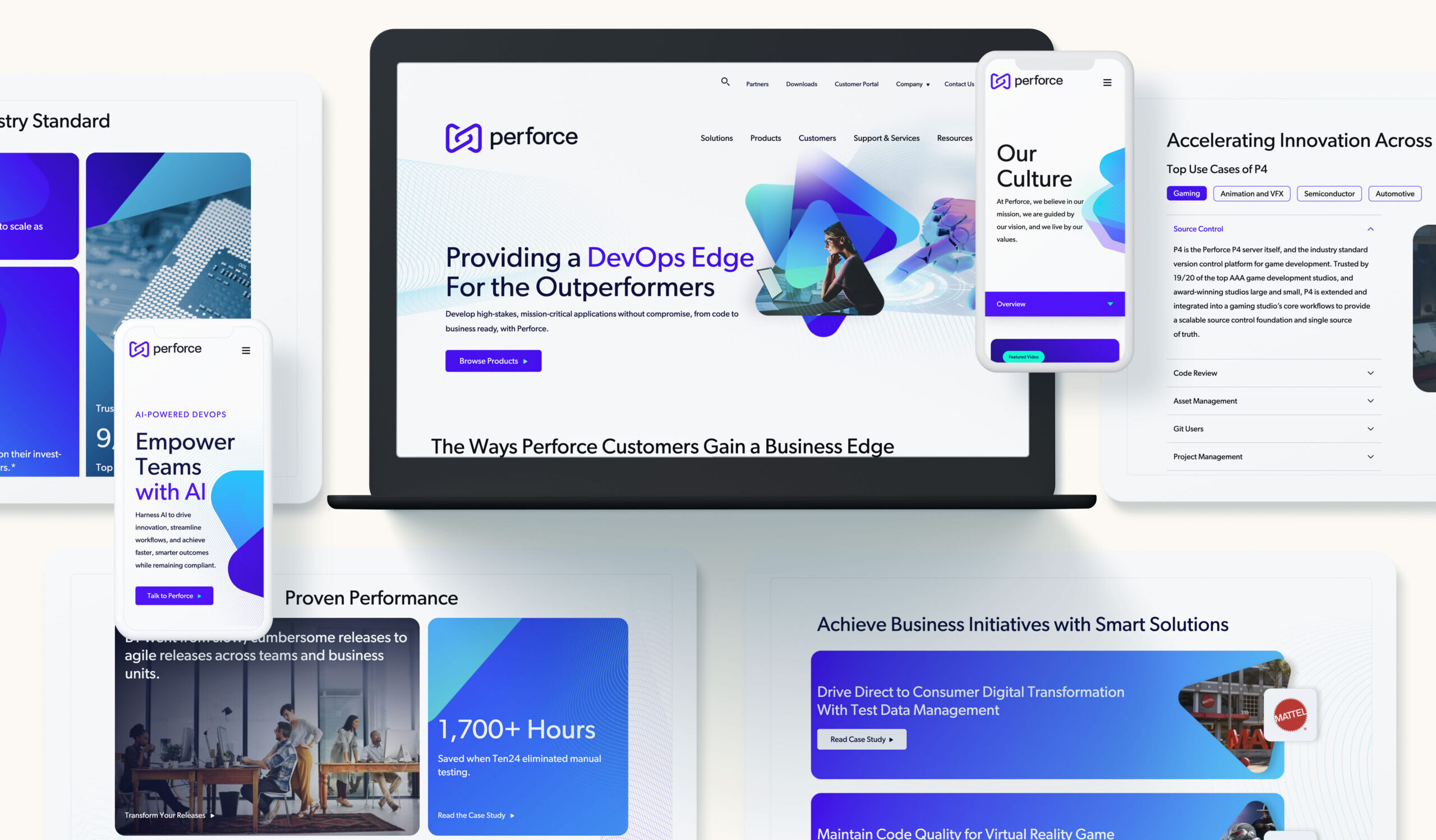
The Psychology of First Impressions
In marketing, first impressions are rarely rational. They’re emotional. Psychologists refer to this phenomenon as “thin-slicing”—our ability to infer meaning or intent from very brief experiences. That means your audience is forming opinions based on visual language, color, typography, motion, and tone before they even process your words.
Emotion plays a defining role. A confident, clear intro evokes trust. A cluttered or ambiguous message signals confusion. Effective storytelling doesn’t overwhelm—it distills your essence into something instantly relatable. That’s why brands like Salesforce, HubSpot, and AWS build consistency across their visual and verbal identities—so even a fleeting encounter leaves a lasting imprint.
The Anatomy of a 7-Second Story
A great seven-second story has three simple components:
- The Hook (1–2 seconds):
Capture attention immediately. This could be a bold visual, a powerful statement, or an emotional cue. Think of the opening frame as the first handshake. - The Message (3–4 seconds):
Clearly communicate what your brand does—or more importantly, what it stands for. Focus on outcomes, not features. For example, “Transforming secure communication for government agencies” tells a clearer story than “Leading provider of encrypted software solutions.” - The Emotion (final 1–2 seconds):
Leave your audience with a feeling—confidence, curiosity, inspiration. This emotional residue is what drives recall and future engagement.
The best intros work like visual haikus: compact, evocative, and unmistakably yours.

Why Short-Form Isn’t Just for B2C
Short-form content once belonged to consumer marketing—fashion, entertainment, lifestyle. But as digital behaviors converge, B2B brands have realized that storytelling fundamentals are universal. A CIO watching a 15-second explainer or a 7-second brand teaser is still responding to the same cues as a consumer: authenticity, clarity, and emotion.
LinkedIn has become a showcase for this shift. Brands like Adobe, Deloitte, and Accenture use short-form storytelling to communicate complex ideas in digestible bursts. Even government-focused organizations are using microvideo and motion design to explain big ideas—like modernization, cybersecurity, or innovation—without losing their audience halfway through a paragraph.
Short-form storytelling doesn’t replace thought leadership or long-form content. It amplifies it. Those seven seconds open the door to deeper engagement down the funnel.
Crafting Impactful Short-Form Brand Stories
So how do you actually tell a brand story in seven seconds or less? Start by zooming out before you zoom in.
- Lead with your core narrative, not your product. What do you stand for? What problem do you exist to solve? Those answers drive emotion far better than a feature list.
- Translate your brand pillars into micro-moments. Identify visual or verbal cues that instantly signal who you are—whether it’s a tagline, tone, or recurring motif.
- Design for silence. Many short-form videos autoplay without sound, so ensure your story works visually. Captions, motion, and typography should all do the heavy lifting.
- Script for attention. Every frame should earn its place. Use visual pacing and rhythm to maintain energy without overwhelming.
- End with action. Even a subtle CTA—like “Learn how” or “Discover what’s next”—can turn a passing glance into measurable engagement.
At Bluetext, we often say: great stories don’t start big, they start clearly. When you can express your value in seven seconds, everything after becomes easier.
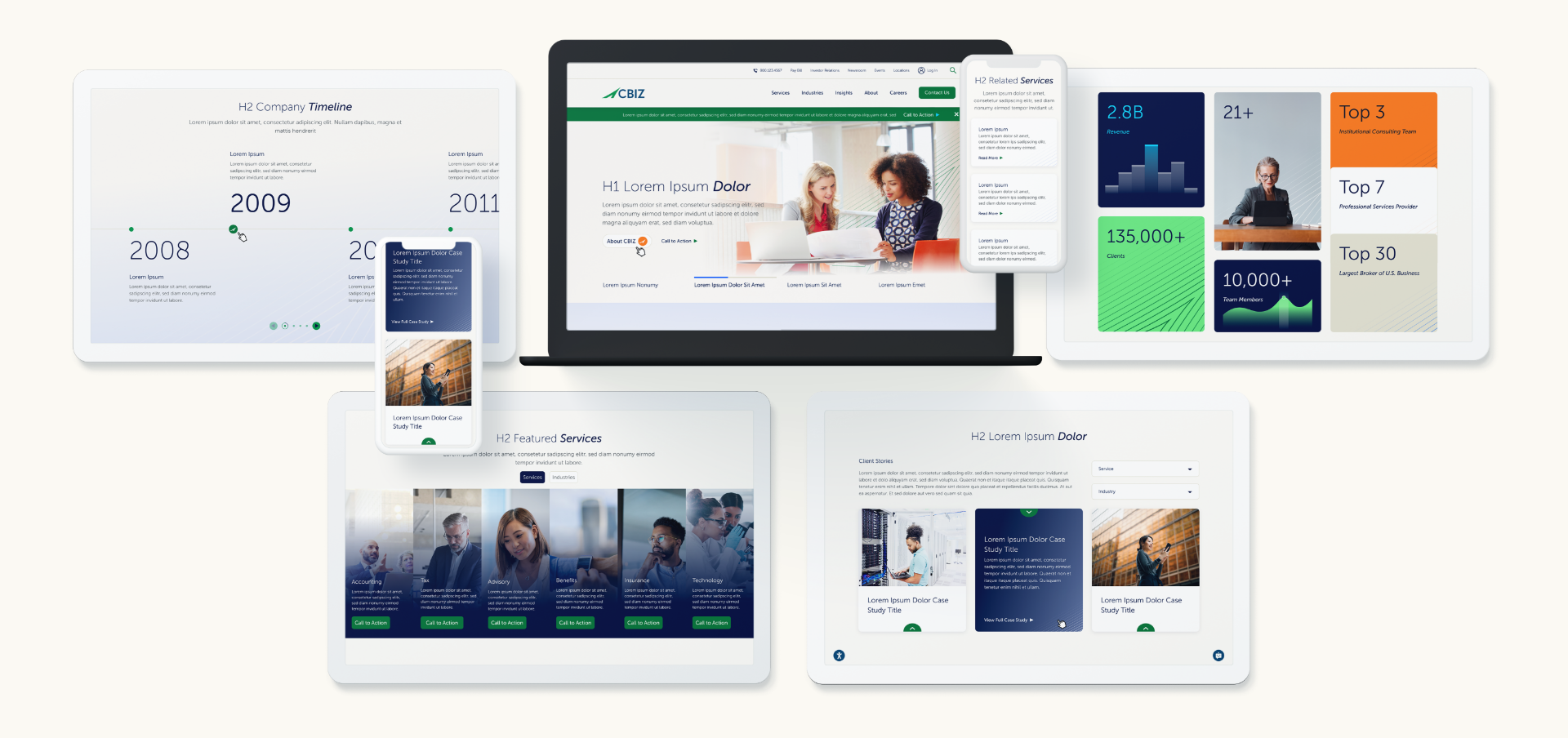
Measuring the Impact of Fast Storytelling
In short-form storytelling, every second counts—and so does every data point. The most telling metrics aren’t just views, but view-through rates, retention curves, and engagement quality.
If your audience consistently drops off after three seconds, the hook may need refinement. If your completion rates are high but conversions lag, your CTA might be misaligned.
Use A/B testing to experiment with visuals, copy, and structure. Even small adjustments—a color shift, a headline tweak, a new voiceover—can yield dramatic differences in audience retention. Over time, data reveals not just what works, but why it works.
From Seven Seconds to Lasting Impressions
Seven seconds might define the beginning of your brand story—but the goal is to make that story last. Every short-form asset should connect seamlessly to the larger narrative: your website, your campaigns, your brand voice. When those micro-moments align, they build recognition, trust, and ultimately conversion.
Short-form storytelling isn’t a trend—it’s the new language of brand communication. For organizations that embrace it, seven seconds isn’t a limit. It’s an opportunity.
Ready to Capture Attention in Seconds?
At Bluetext, we help brands turn fleeting moments into powerful connections. From short-form video and motion design to integrated storytelling campaigns, we craft strategies that resonate instantly—and endure long after the scroll.
Contact Bluetext to see how your brand can make every second count.
Although Hamlet was wrestling with things far deeper when he asked the infamous question “to be or not to be”, in today’s marketing landscape, there are questions we still wrestle with when it comes to an effective marketing strategy.
At Bluetext, we work with several clients whose paid media goals largely center around lead generation. However, what happens when form fill numbers are underperforming? People today are becoming increasingly reluctant to fill out online forms, in turn affecting lead generation opportunities.
Why the hesitancy to fill out forms?
- Privacy concerns: People are more aware of how their data is used or misused. Forms that ask for too much personal information without clear justification turn people away.
- Spam: There is a concern among users of inboxes being ‘spammed’ after giving their contact information.
- Friction in the user experience: Many online forms ask for too much information upfront. Users get overwhelmed or feel it’s not worth the effort.
- Perceived lack of value ie. “Why should I?”: Requiring a form just to view content (like PDFs or prices) can backfire — especially if competitors don’t.
Research shows that 61% of marketing professionals see obtaining leads as their most significant challenge. This brings us back to our burning question: to gate or un-gate your assets?
First off, when it comes to paid media lead generation it’s important to remember that 80% of new leads don’t convert to sales, and 63% of leads take over 3 months to convert. Simply gating assets like whitepapers, eBooks, or case studies won’t produce the results you might be hoping to achieve.
Let’s dive into some techniques that your company can layer on top of each other to build out a more robust strategy.
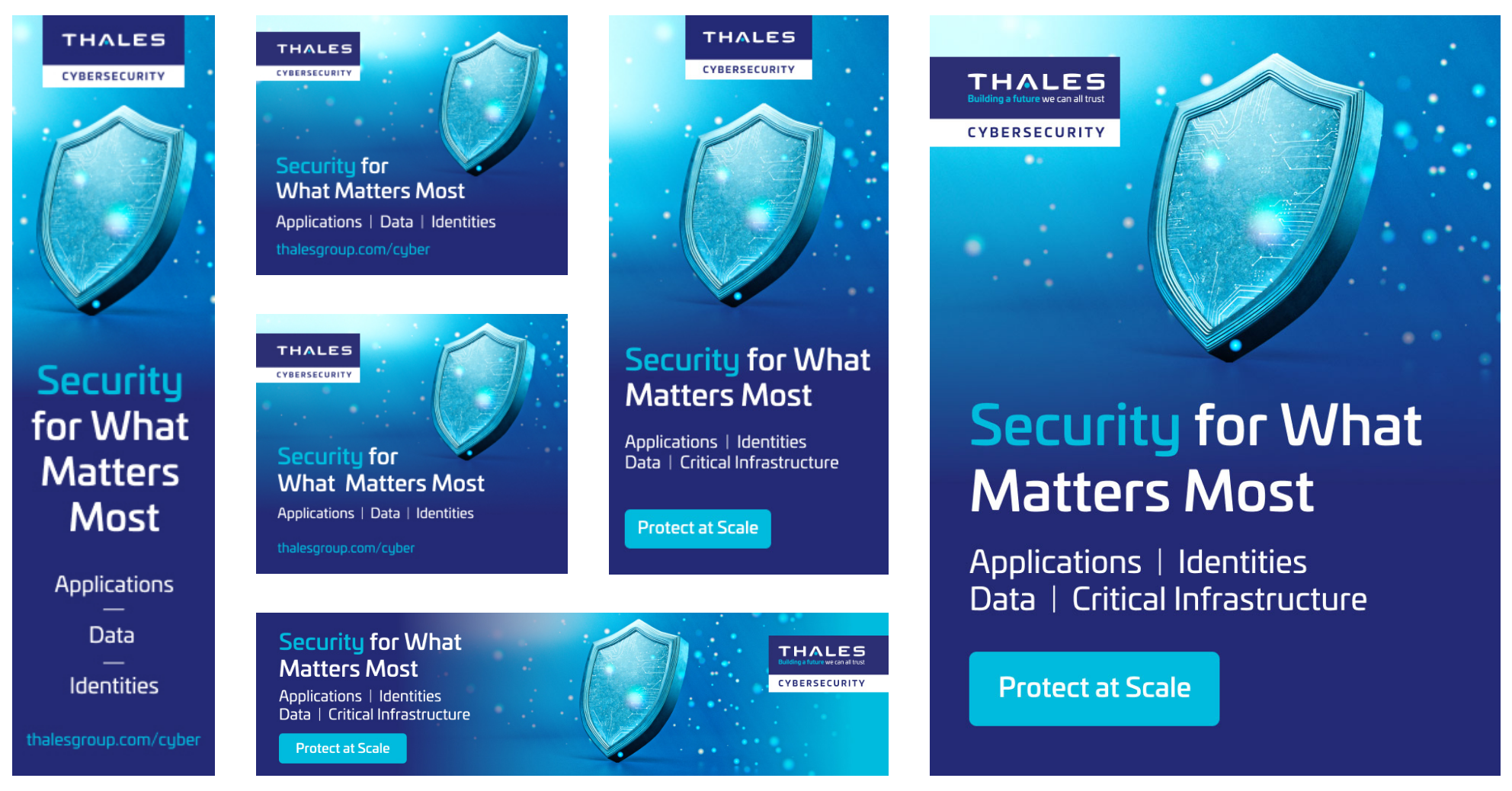
Lead Generation Tactics
Video CTAs
Create videos with embedded CTAs that appear at just the right time. Instead of gating the asset right away, you can gate the content after some values is shown, increasing trust. A bonus to this tactic – 91% of consumers want to see more videos from brands (the TikTok/Reels type of short form video content has become the preferred way to learn about brands).
Content Upgrades IN Blogs
Offer bonus content inline in your blog using click-triggered opt-ins. Your team can share the blog initially free of ask, but mid-way through the blog is an asset such as a “Free Checklist” where-in the reader needs to input their contact information in order to receive.
Offer Email-Only “Extras”
Position your newsletter or emails as the “ongoing value layer”. For example: “Liked this content? Get more updates we only send to subscribers”. The call-to-action comes after some piece of value has already been offered – in order for the audience to receive MORE, they will need to give us their information.
Gate the Convenience, Not the Content
This answers our Gated vs. Ungated question directly. Ungated content: Blogs, ebooks, videos.
Gated: Demos, case studies, calculators, product comparisons. The gated content should provide an added layer – something the audience can’t find for free by doing a simple google search.
Retargeting
Take the paid media campaigns you currently have running and create custom non-lead gen objective audiences ie. video viewers or brand awareness post engagers. Retarget the audience with gated content after they’ve already been exposed and introduced to your brand. After they’ve been warmed up, then you can ask for information.
Heat Mapping Landing Pages
Your web-team (or ours!) can conduct “heat mapping” on your landing pages. If your lead magnet is below the fold or in a cold zone, few will ever see it. Heat mapping can help identify where users are losing interest and your team can work to restructure the layout for optimal performance.
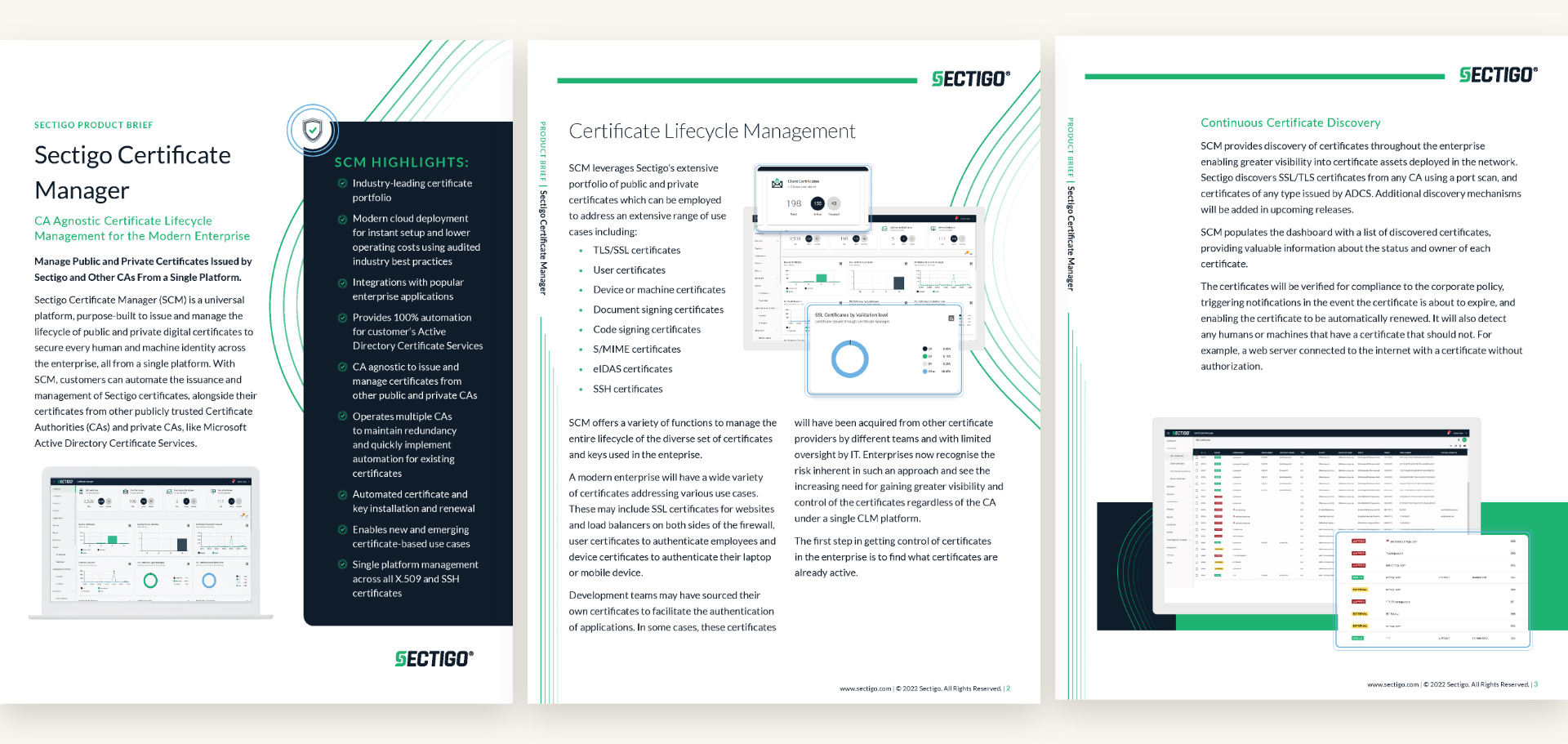
In Conclusion
One or all of these tactics can be used simultaneously to help strengthen your company’s lead generation results. If any of this sounds overwhelming or your team lacks the bandwidth to execute, Bluetext is here to help. Our paid media team is trained and tactical in all things lead generation – let’s get to work!
The world of search is evolving faster than ever. With Google rolling out its Search Generative Experience (SGE), AI is no longer just a tool behind the scenes—it’s now directly shaping how users find and consume information. For marketers, this shift presents both exciting opportunities and significant challenges. Traditional SEO tactics, once focused mainly on keywords and backlinks, are being supplemented—and sometimes disrupted—by AI-driven summaries that answer questions directly in search results.
Understanding how generative search works and how it affects organic visibility is now essential for anyone managing content or digital marketing. This guide explores SGE, its implications for SEO, and actionable strategies for marketers looking to stay ahead.
What is Google’s Search Generative Experience (SGE)?
Google’s Search Generative Experience is an AI-powered layer within search that generates concise, context-aware responses for user queries. Unlike traditional search, which relies solely on ranking web pages based on relevance, SGE synthesizes information from multiple sources, often providing users with immediate answers without requiring them to click through.
For example, instead of showing ten links for a “best project management tools” query, SGE may provide a summary comparing tools, highlighting pros and cons, and offering suggested next steps. The system also includes citations and suggested follow-up queries, giving users a more interactive search experience.
SGE is currently being rolled out across various markets and continues to expand, making it crucial for marketers to understand how AI-generated content impacts visibility, traffic patterns, and user behavior.
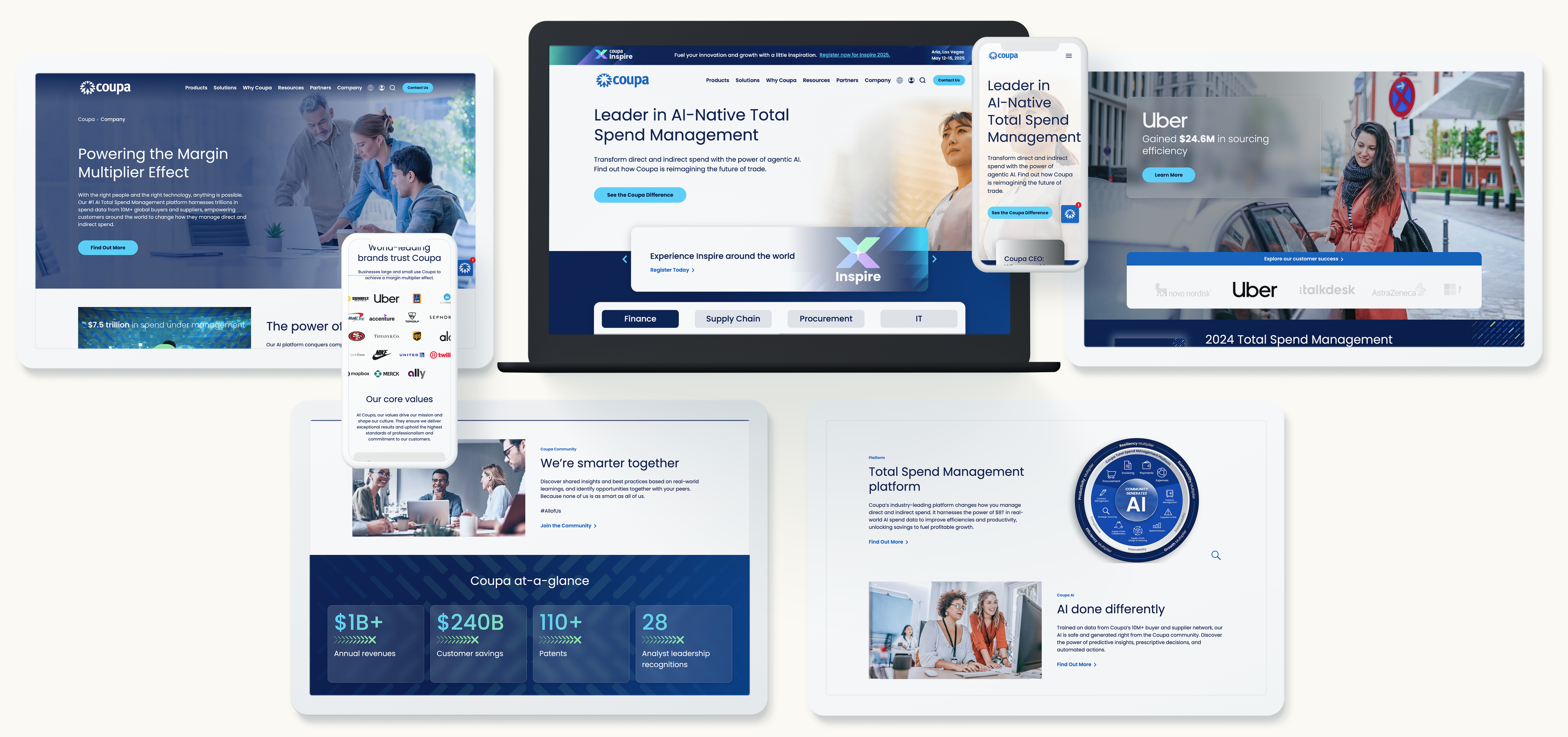
How Generative Search Changes SEO Fundamentals
The introduction of generative search alters the core principles of SEO in several ways:
- Shift from Keywords to Intent: Instead of optimizing purely for keywords, marketers must focus on answering questions thoroughly and accurately. SGE prioritizes content that provides clear, relevant, and contextually accurate information.
- Impact on Click-Through Rates: AI-generated summaries may reduce clicks to traditional web pages since users get answers directly in the search interface. This makes it critical to appear as a credible source within the summary itself.
- Authority and Trust Matter More: Generative search emphasizes authoritative content. Google favors content from sources with expertise, reliability, and trustworthiness, making brand reputation more important than ever.
- Structured Data is Essential: AI models rely on structured content to interpret context effectively. Proper use of schema markup can increase the likelihood your content is cited in AI-generated responses.
This evolution doesn’t make traditional SEO irrelevant—it changes the rules, requiring a deeper focus on content quality, authority, and AI-readability.
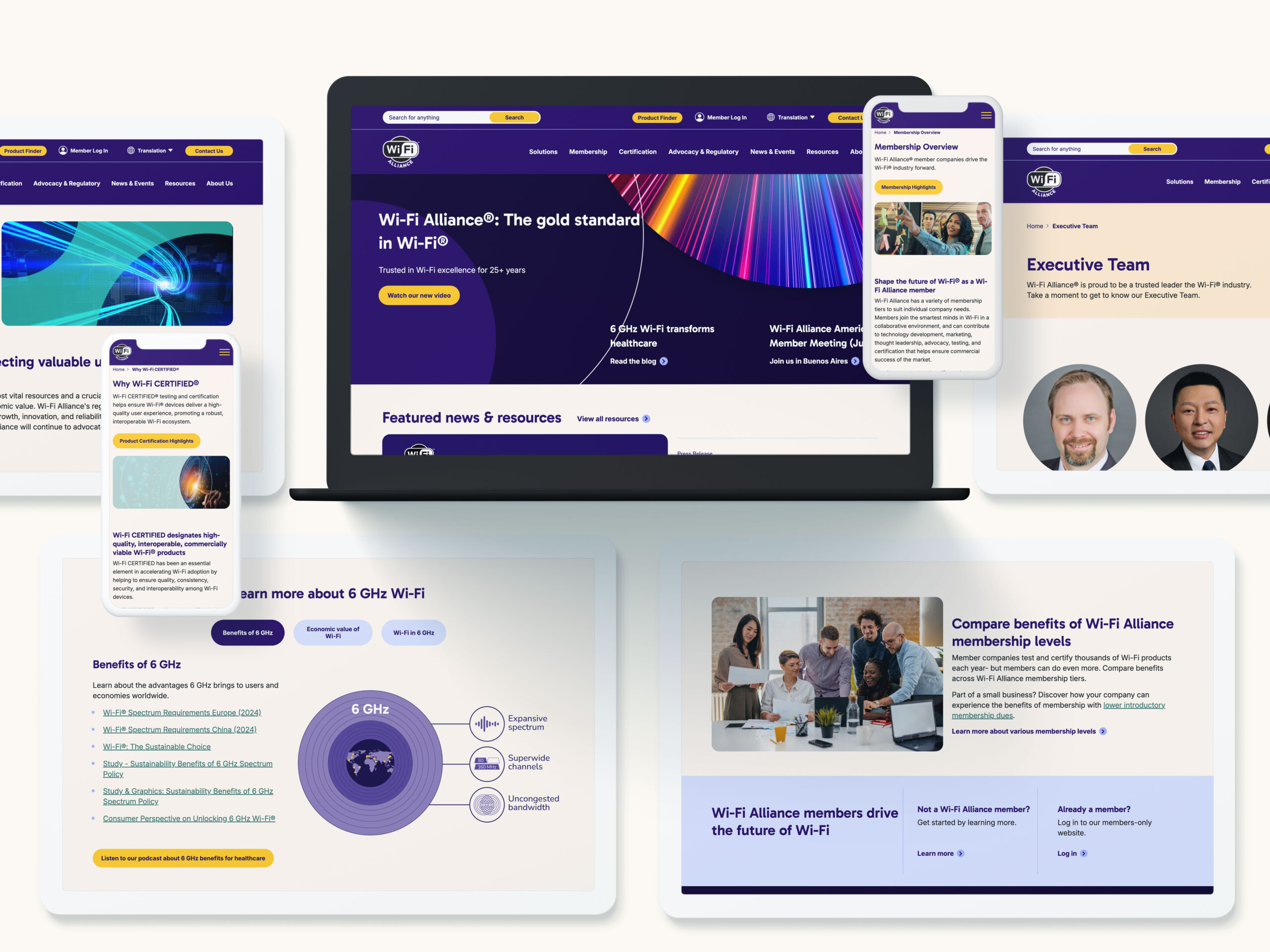
Adapting Your SEO Strategy for the SGE Era
Staying competitive in a generative search landscape requires updating your SEO strategy. Here are key approaches:
1. Prioritize Content Depth and Expertise
Short, surface-level content is less likely to be selected for AI-generated answers. Create comprehensive resources that thoroughly address topics, answer potential follow-up questions, and demonstrate expertise.
2. Optimize for Featured Snippets and Summaries
SGE relies heavily on structured summaries. Format content with clear headings, bullet points, tables, and concise paragraphs to make it easily digestible for AI models.
3. Invest in Structured Data and Schema
Use schema markup to signal to Google what your content is about, who authored it, and the type of information it contains. Properly structured content is more likely to be surfaced in generative summaries.
4. Focus on User Intent and Search Context
Understand the questions your audience is asking, not just the keywords they’re typing. Research intent, related queries, and problem-solving content to align with AI’s focus on context over keywords.
5. Monitor AI-Driven SERP Changes
Track how traffic and engagement shift as generative search expands. Regularly review which queries your content appears in, adjust messaging as needed, and update underperforming pages to maintain visibility.

Challenges and Considerations
Adapting SEO for generative search comes with challenges:
- Attribution Difficulty: When users get answers directly from AI, measuring traffic impact becomes trickier. Brands must rethink metrics beyond traditional clicks.
- Balancing AI Optimization with Readability: Content optimized for AI models must remain engaging and accessible to human readers. Over-optimization can harm user experience and trust.
- Keeping Up with Algorithm Changes: Google’s AI models are constantly evolving. Marketers need flexible strategies and regular monitoring to maintain performance.
- Ensuring Accuracy and Authority: AI-generated summaries depend on trustworthy sources. Brands must prioritize accuracy, citations, and expertise to avoid being misrepresented.

Actionable Takeaways
Generative search represents a fundamental shift in how information is discovered and consumed online. Marketers who adapt early by prioritizing authority, context, and structured content will gain an advantage.
Key takeaways:
- Focus on content depth and expertise.
- Optimize for summaries and structured data.
- Align content with user intent rather than just keywords.
- Monitor AI-driven SERPs and iterate strategies regularly.
The future of SEO is AI-driven, but combining traditional optimization with generative search strategies ensures your brand remains visible, credible, and authoritative.
Expanding your SaaS or service brand globally is an exciting but challenging endeavor. While growth opportunities abound, so do pitfalls—especially when it comes to maintaining cultural relevance. Many brands stumble by assuming that a one-size-fits-all approach will resonate across markets. The truth is, successful global brands balance consistency with local adaptation, ensuring they feel both familiar and relevant to regional audiences.
This guide explores practical strategies for building a global brand with local flavor, helping you scale internationally while staying connected to your customers’ cultural context.
Why Local Flavor Matters in Global Branding
When brands expand internationally, they often face a delicate balancing act: staying true to their core identity while connecting with local audiences. Cultural nuances—like communication styles, social norms, and visual preferences—can dramatically influence how your brand is perceived.
Ignoring these subtleties can lead to campaigns that feel generic, alienating, or even offensive. For SaaS and service brands, cultural relevance isn’t just a nicety; it’s a growth driver. Customers are more likely to trust and adopt solutions that respect local customs, speak their language, and reflect their values.
For example, a global software provider that uses a U.S.-centric marketing campaign may see limited engagement in regions where humor, color symbolism, or messaging norms differ. Tailoring your approach ensures your brand feels accessible and trustworthy, increasing adoption and loyalty.

Core Principles for Balancing Global Consistency and Local Adaptation
Building a brand that thrives globally requires intentional strategy. Here are four core principles to guide your efforts:
1. Brand Guidelines with Flexibility
Consistency is critical for brand recognition, but rigidity can stifle local relevance. Maintain a clear brand voice, visual identity, and messaging framework while allowing regional teams to adapt them. This flexibility ensures the brand resonates locally without losing its global cohesion.
2. Localized Content Strategy
Content drives perception. Translating your website, blog posts, and campaigns is a start—but true localization goes further. Tailor examples, imagery, and references to local contexts. Highlight regional success stories or case studies to make your brand feel personally relevant.
3. Cultural Intelligence in Marketing Teams
Building local insight requires expertise. Employ in-market consultants or hire local team members who understand cultural norms, consumer behavior, and regulatory landscapes. Their perspective will help prevent missteps and enhance campaign effectiveness.
4. Consistent Value Proposition, Adapted Expression
Your core brand promise should remain uniform across markets, but the way it’s communicated can differ. For instance, emphasizing innovation in one market may resonate, while trust and reliability may be more effective elsewhere. Balancing consistency with cultural nuance is key.

Step-by-Step Approach to Building a Global Brand with Local Flavor
A structured approach reduces risk and maximizes impact when entering new markets. Follow these steps to scale globally while staying locally relevant:
1. Research Local Markets
Before launching, understand local competitors, consumer behavior, regulatory requirements, and cultural preferences. Use surveys, focus groups, and local market research to uncover insights. Knowledge is the foundation for effective localization.
2. Segment and Prioritize Regions
Not all markets are equally ripe for expansion. Evaluate opportunity based on market size, growth potential, cultural alignment, and logistical feasibility. Prioritize markets where your product naturally fits and where you can gain traction quickly.
3. Adapt Marketing Campaigns
Localization goes beyond translation. Adapt language, visuals, symbols, and messaging to reflect local tastes. Avoid literal translations; instead, aim for contextually meaningful messaging that feels native to each audience.
4. Leverage Local Influencers and Partners
Local influencers, partners, and thought leaders can amplify your brand’s credibility. Collaborating with respected voices helps your message feel authentic and trusted. Partnerships can also provide insights into regional trends and customer expectations.
5. Test, Measure, and Iterate
No strategy is perfect on the first attempt. Launch pilot campaigns in select markets, track engagement metrics, and collect qualitative feedback. Use these insights to refine your messaging, campaigns, and product positioning before scaling broadly.

Common Challenges and How to Overcome Them
Even experienced brands encounter hurdles when expanding internationally. Here’s how to navigate the most common challenges:
1. Balancing Global vs. Local Control
Too much centralization can make campaigns feel rigid, while too much decentralization risks brand dilution. Establish clear brand principles, then empower local teams to adapt campaigns intelligently.
2. Avoiding Cultural Missteps
Misunderstanding local customs, humor, or symbolism can harm your brand. Conduct cultural audits and consult local experts to avoid errors that could undermine trust.
3. Managing Multilingual Teams
Coordinating messaging across languages and regions can be complex. Use collaboration tools, translation memory systems, and clear communication protocols to ensure consistency without stifling local adaptation.
4. Tracking Metrics Across Markets
Different markets may prioritize different KPIs. Establish global benchmarks while allowing flexibility for local metrics that capture engagement, sentiment, and adoption in context.
Actionable Takeaways
Scaling globally doesn’t mean sacrificing cultural relevance. By combining consistent brand principles with locally tailored strategies, SaaS and service brands can build trust, engagement, and adoption worldwide.
Key takeaways:
- Research and understand each target market.
- Maintain brand consistency but allow local flexibility.
- Leverage local influencers and partners for credibility.
- Test, measure, and iterate campaigns to optimize impact.
Global expansion is complex, but with the right balance of strategy and cultural insight, your brand can resonate in every market.
In today’s data-driven world, marketers often focus on clicks, impressions, and leads as primary measures of success. But these top-of-funnel metrics only tell part of the story. What businesses truly need to understand is customer lifetime value (CLV)—the long-term worth of a customer over the entire lifecycle. By moving from short-term metrics to a full-funnel analytics framework, you can make smarter marketing decisions, allocate budgets more effectively, and drive sustainable growth.
Full-funnel analytics goes beyond surface-level engagement. It allows you to measure every touchpoint, optimize the customer journey, and ensure your marketing efforts are generating real revenue instead of just traffic.
Understanding the Full-Funnel Approach
A full-funnel analytics framework considers the complete journey a customer takes, from first interaction to repeat purchases and advocacy. The funnel typically includes:
- Awareness – When potential customers first learn about your brand.
- Consideration – When prospects evaluate your solution against competitors.
- Conversion – When leads become paying customers.
- Retention – Ensuring customers continue to engage and buy.
- Advocacy – When satisfied customers refer others, creating a multiplier effect.
Focusing only on clicks and leads ignores the later stages of the funnel, where real revenue is generated. By tracking the entire journey, you gain visibility into which campaigns and channels drive high-value, long-term customers.

From Clicks to Customers: Mapping Metrics Across the Funnel
To build a full-funnel analytics framework, you need to measure the right metrics at each stage:
- Top-of-Funnel Metrics: Impressions, click-through rates (CTR), website visits, and social engagement. These indicate awareness but don’t guarantee revenue.
- Mid-Funnel Metrics: Marketing Qualified Leads (MQLs), Sales Qualified Leads (SQLs), demo requests, and email engagement. These show consideration and interest.
- Bottom-of-Funnel Metrics: Conversion rates, average deal size, and revenue per acquisition. These metrics reflect true sales performance.
- Retention Metrics: Repeat purchase rate, churn rate, customer engagement scores, and CLV. These reveal the long-term profitability of each customer.
By tracking metrics across the funnel, you can identify drop-off points, optimize campaigns, and ensure your marketing drives measurable business outcomes.
Calculating Customer Lifetime Value (CLV)
Understanding CLV is essential to a full-funnel strategy. CLV estimates the total revenue a customer will generate during their relationship with your business. Here’s a simple approach:
- Average Purchase Value – Total revenue divided by the number of purchases.
- Average Purchase Frequency – How often a typical customer buys.
- Customer Lifespan – Average length of the customer relationship.
- CLV – Multiply the three numbers to estimate lifetime value.
More advanced methods include cohort analysis, predictive modeling, and segment-based CLV. By tracking CLV, you can prioritize high-value customers, optimize campaigns, and improve marketing ROI over the long term.

Integrating CLV Into Marketing Strategy
Once you know your CLV, it can inform every marketing decision:
- Allocate budget to campaigns that attract high-value customers.
- Optimize cross-channel efforts to increase retention and repeat purchases.
- Align sales and marketing teams around a shared definition of success.
- Use automation tools to deliver personalized experiences that maximize CLV.
When you prioritize long-term value over short-term wins, every marketing dollar works harder and smarter.
Common Challenges and Best Practices
Building a full-funnel analytics framework isn’t without hurdles. Common challenges include:
- Data silos – Different teams or platforms may track metrics inconsistently.
- Tracking across multiple channels – Customers interact with your brand in many ways, making it hard to unify data.
- Misaligned goals – Sales and marketing may prioritize different metrics, creating friction.
Best practices to overcome these challenges include:
- Implement unified dashboards to consolidate data.
- Define consistent KPIs and metric definitions across teams.
- Regularly audit and refine your analytics framework to maintain accuracy.
With the right approach, these challenges become opportunities to create a data-driven marketing strategy that maximizes CLV.
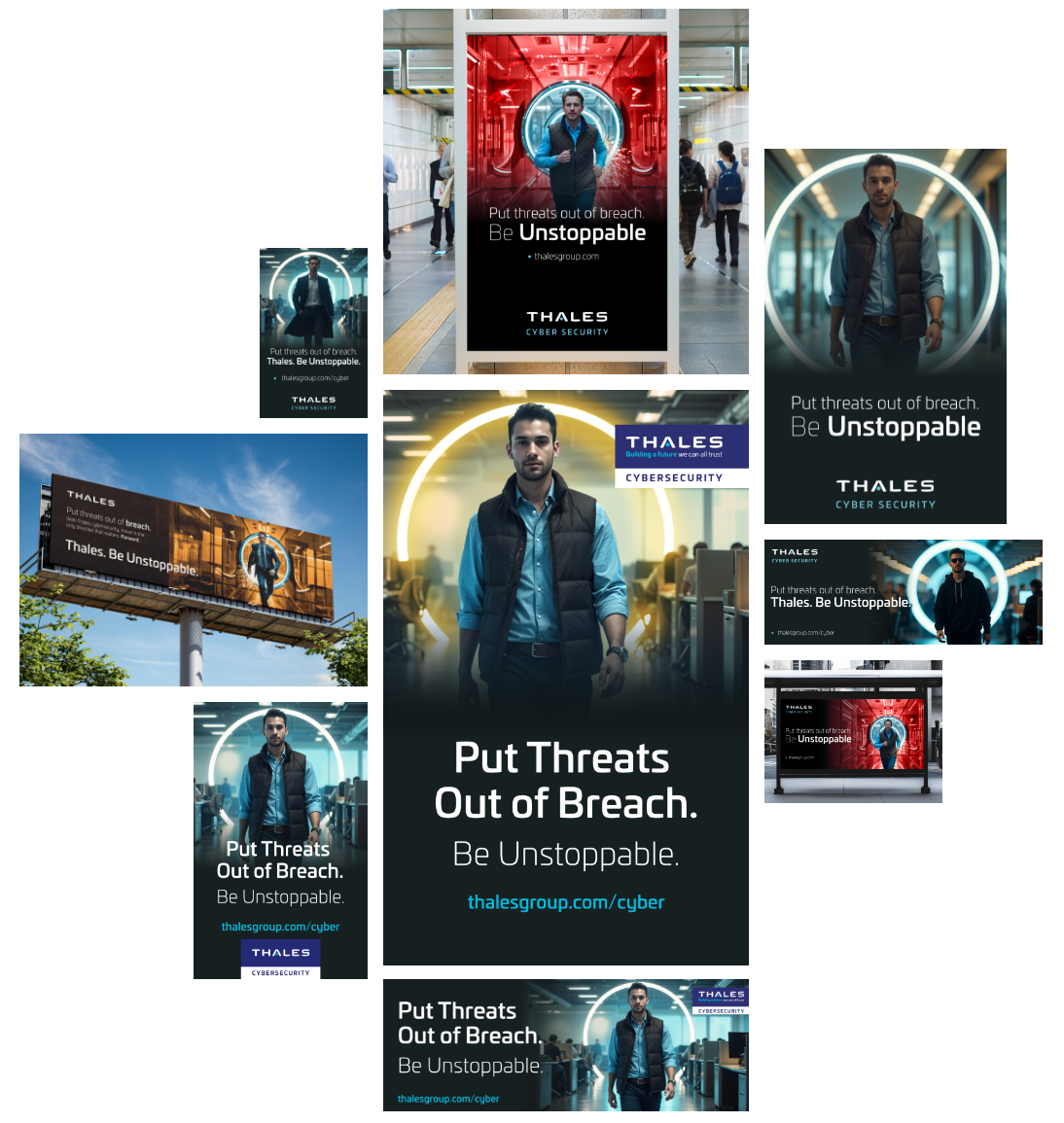
Turning Clicks into Lasting Customer Value
Moving from clicks to customer lifetime value is critical for sustainable business growth. A full-funnel analytics framework allows you to measure the true impact of your marketing efforts across the entire customer journey. By tracking the right metrics, calculating CLV, and integrating insights into your strategy, you can make smarter decisions, optimize budgets, and drive long-term success.
Ready to build a full-funnel framework that turns leads into loyal customers? Contact Bluetext today to start maximizing your marketing ROI.
Your brand is your organization’s most visible asset. It tells your audience who you are, what you stand for, and why they should care. But over time, even strong brands can feel stale, misaligned, or out of step with the market. The question for many leaders becomes: is it time to completely rebrand, or could a strategic refresh keep your identity current without losing equity? In this post, we’ll explore how to identify whether your brand needs a full reinvention, a refresh, or just some fine-tuning—and when resisting a change is actually the smarter move.
Understanding the Difference: Refresh vs. Rebrand
Before making any major moves, it’s critical to understand the distinction between a brand refresh and a full rebrand. A brand refresh updates visual elements like your logo, typography, or color palette, and may refine messaging, all while maintaining the essence of your current identity. Think of it as giving your brand a facelift rather than starting from scratch.
A full rebrand, on the other hand, is a complete transformation of how your organization is perceived. This might involve redefining your audience, repositioning your mission, or even changing your company name. Brands like Meta, which evolved from Facebook, illustrate how a rebrand can signal a fundamental shift in purpose and market perception.
Quick Tip: Ask yourself, “Do we need to be recognized differently by the world, or do we just need a fresh look?” This question is often the clearest indicator of the path forward.

Signs It’s Time to Rebrand
Knowing when to rebrand is critical. Here are key signals that your organization might need more than a simple refresh:
- Your mission or audience has shifted. If your company’s offerings, goals, or target audience have evolved significantly, your brand may no longer align with reality.
- Your visual identity feels outdated. Dated logos, inconsistent typography, or cluttered messaging can make your brand feel out of touch.
- Competitors have overtaken your relevance. When rivals consistently appear fresher or more aligned with market trends, your brand risks losing credibility.
- Market confusion or negative associations exist. If people misunderstand your purpose or associate your brand with outdated perceptions, it’s time for a change.
- Organizational changes have occurred. Mergers, acquisitions, or leadership shifts often necessitate a rebrand to reflect a unified identity.
Brands that recognize these signs early often gain a competitive edge by reasserting their relevance and strengthening market position.
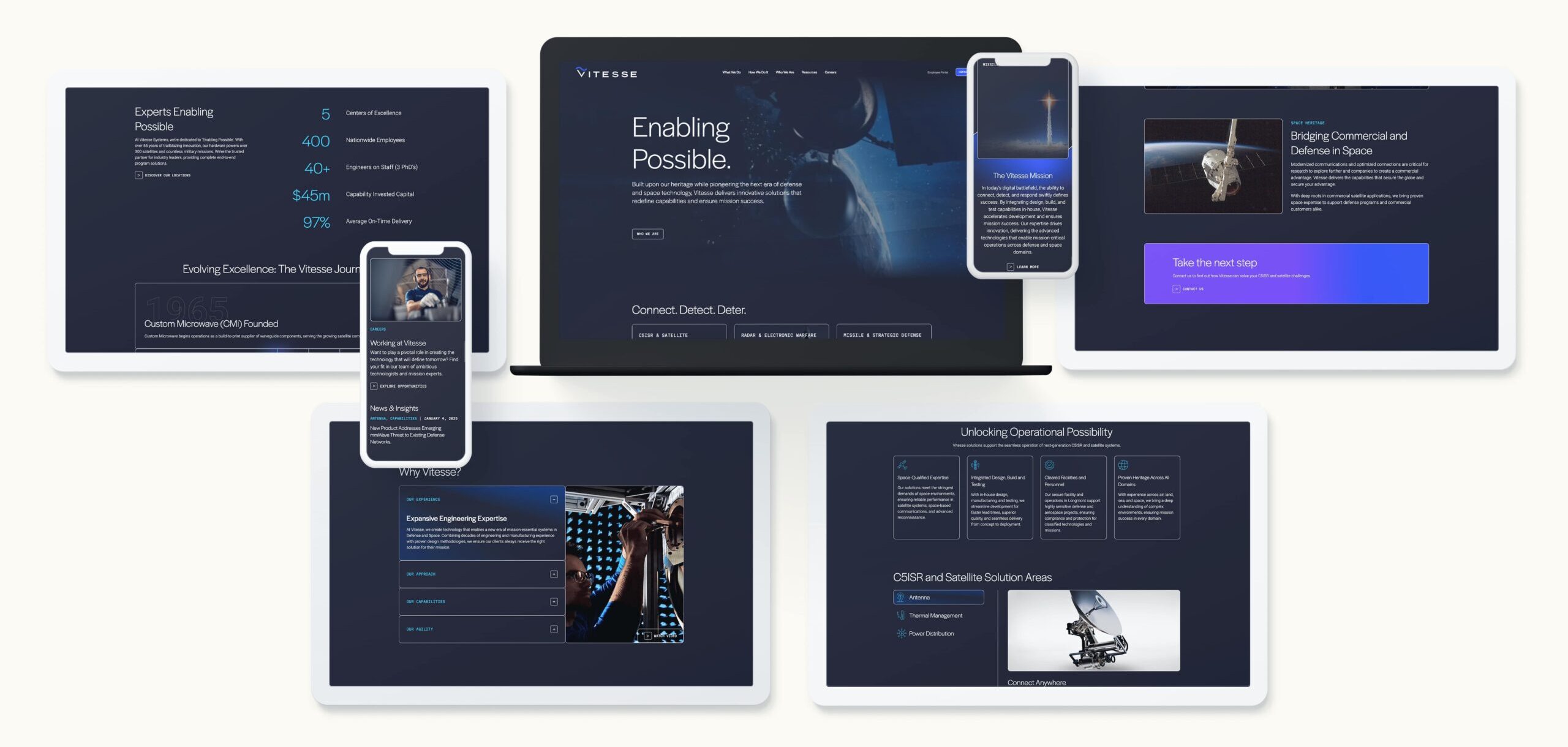
When to Resist: Why Rebranding Isn’t Always the Answer
Rebranding carries risks—lost recognition, confused audiences, and wasted resources—so it’s just as important to know when to resist. Here’s when staying the course makes sense:
- Your challenges are operational, not perceptual. Issues like slow delivery or product quality won’t be solved with a new logo.
- You’re chasing trends. Rebranding because of a short-term fad can backfire, leaving your brand less credible.
- Customer resonance remains strong. If your audience still connects with your brand emotionally and functionally, wholesale changes may do more harm than good.
- Brand equity is high. Established recognition and loyalty are valuable; losing them unnecessarily can undermine long-term growth.
Remember: Not every outdated look or minor market shift warrants a full rebrand. Often, subtle, strategic adjustments can preserve equity while modernizing your presence.
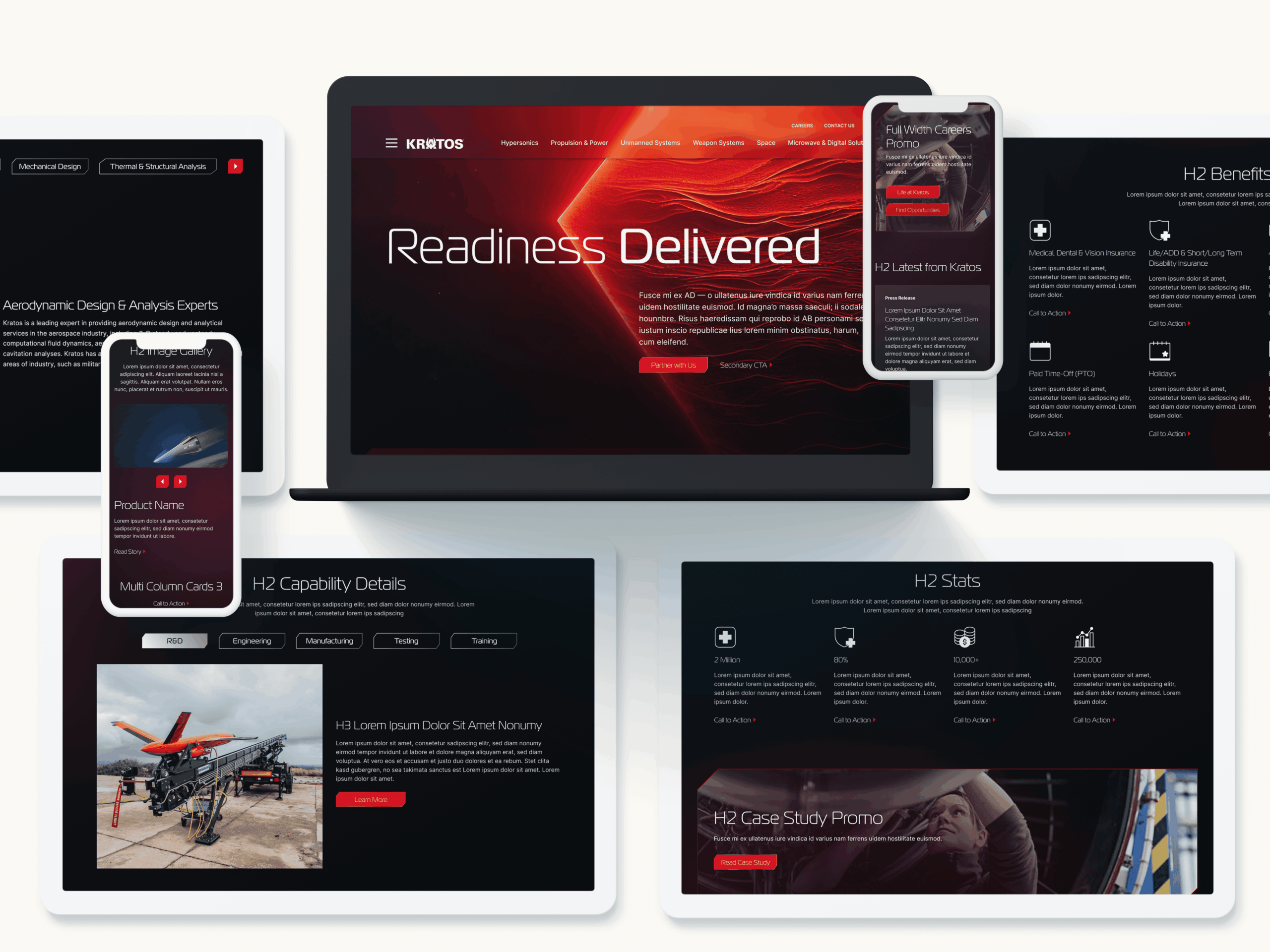
The Middle Ground: Executing a Strategic Refresh
Sometimes the best approach is a brand refresh, which allows you to modernize your identity without discarding everything that works. This could include updating typography, refining your messaging, improving photography or visuals, and enhancing consistency across digital channels.
A refresh is particularly useful when your brand is fundamentally strong but needs tweaks to stay contemporary. Bluetext’s approach emphasizes research and audience insight before design, ensuring that updates feel purposeful and aligned with your business objectives.

Questions to Ask Before You Rebrand
Before committing to a rebrand, consider these strategic questions:
- Does our brand accurately reflect our mission and values?
- Are our audiences today the same as when we last branded?
- Are we struggling with perception or performance?
- Will a rebrand solve our core challenges or just distract from them?
- What does success look like post-rebrand?
These reflective questions can help you avoid unnecessary changes and guide a more intentional brand strategy.
How Bluetext Helps Brands Make the Right Move
At Bluetext, we specialize in helping organizations evaluate brand health and determine the best path forward. Whether it’s a full rebrand, a strategic refresh, or reinforcing existing brand equity, our team combines research, creative strategy, and design expertise to ensure your brand evolves thoughtfully and effectively.
Through workshops, audits, and execution strategies, Bluetext partners with clients to ensure every change—big or small—strengthens recognition, relevance, and trust.
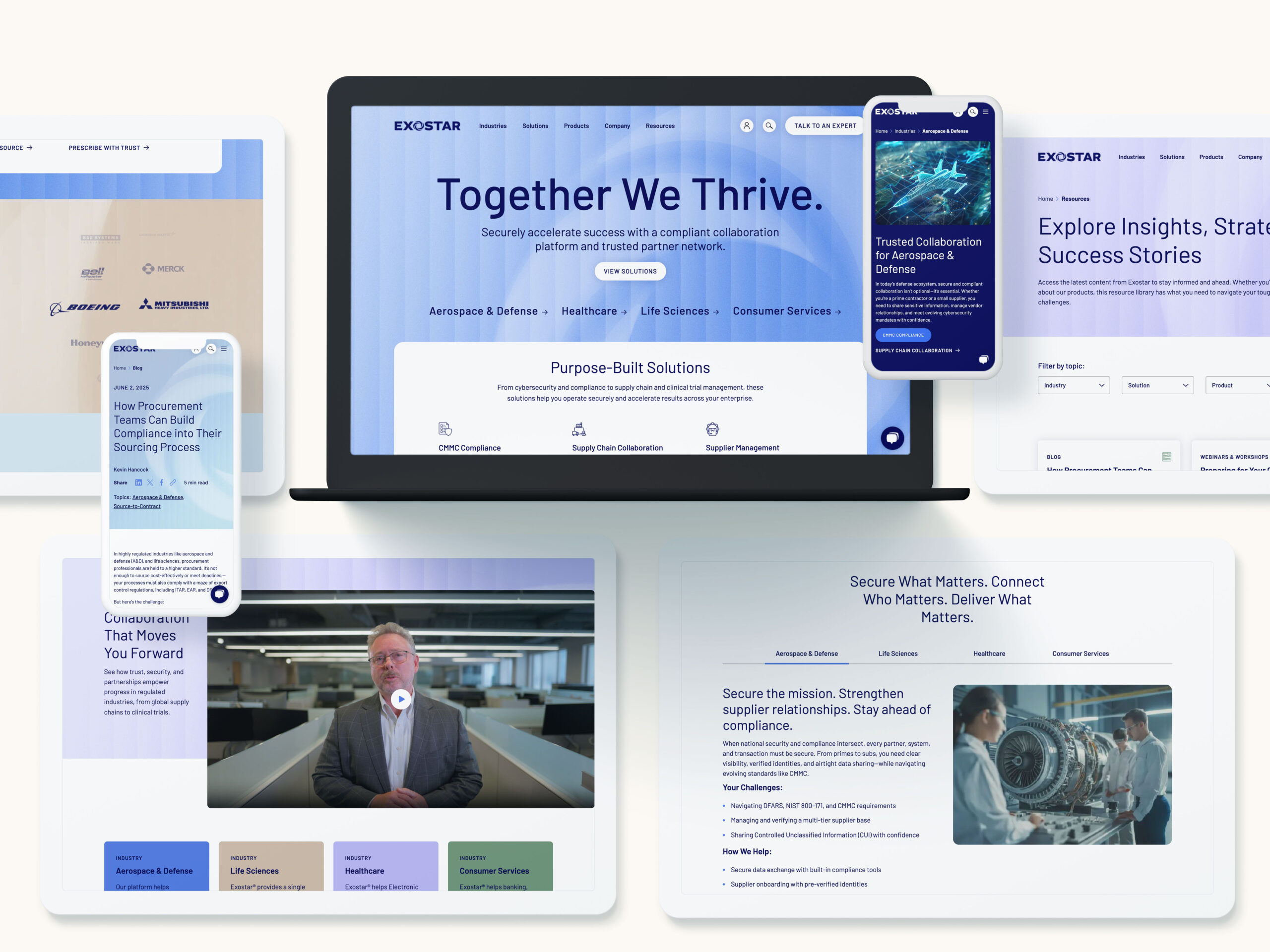
Moving Forward: Refresh, Rebrand, or Reinforce
Brand evolution doesn’t have to be an all-or-nothing decision. By carefully analyzing alignment, audience perception, and market relevance, you can determine whether a refresh, rebrand, or reinforcement is right for your organization. Sometimes subtle improvements are enough to modernize your presence, while other situations call for bold transformation. The key is making informed, strategic choices rather than reactive ones.
If you’re uncertain whether your brand needs a full rebrand or just a refresh, Bluetext can help assess your brand health and guide your evolution with clarity and confidence.
